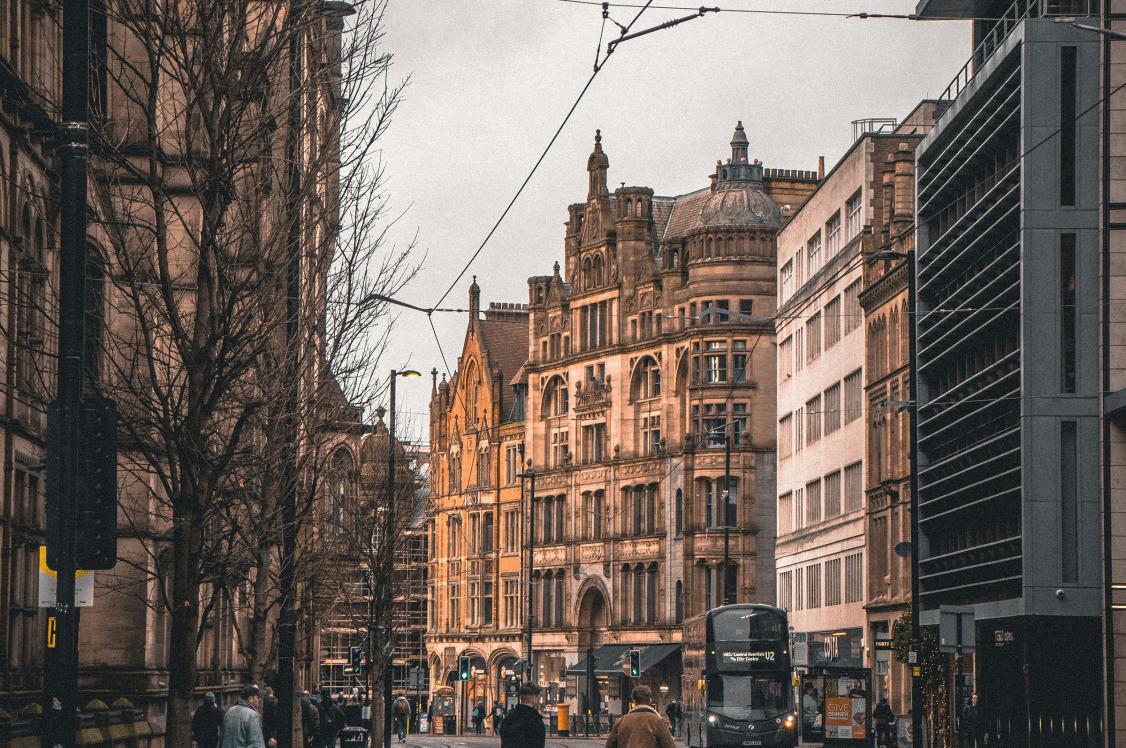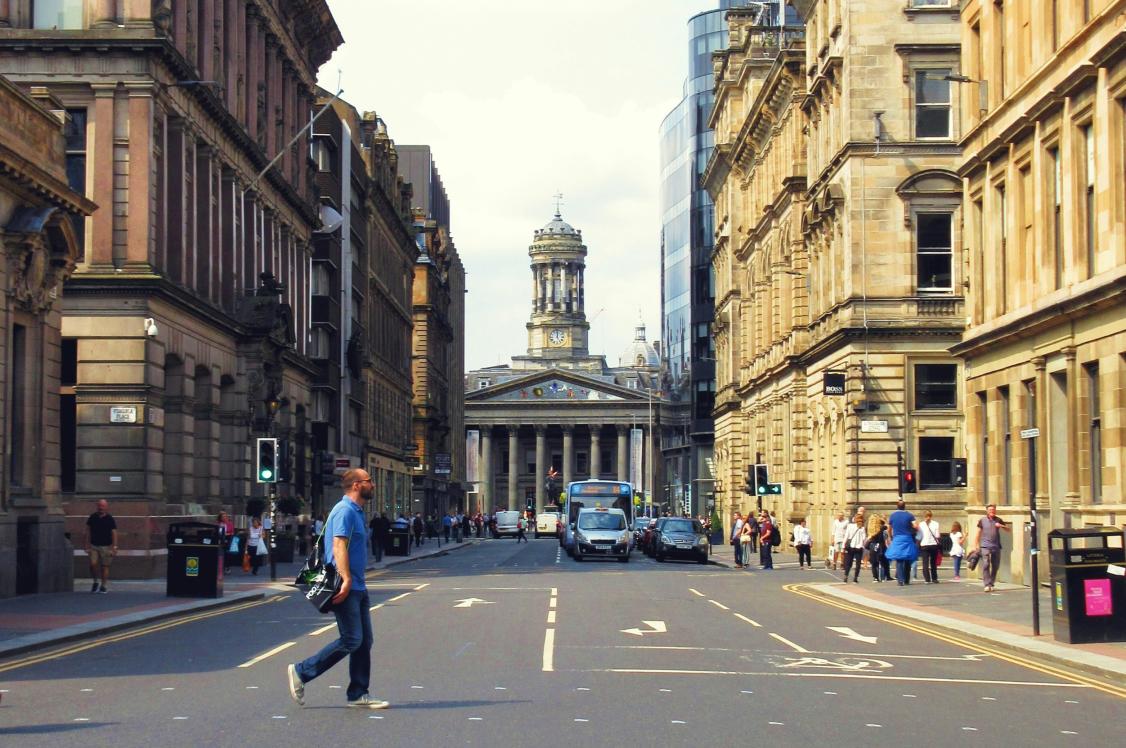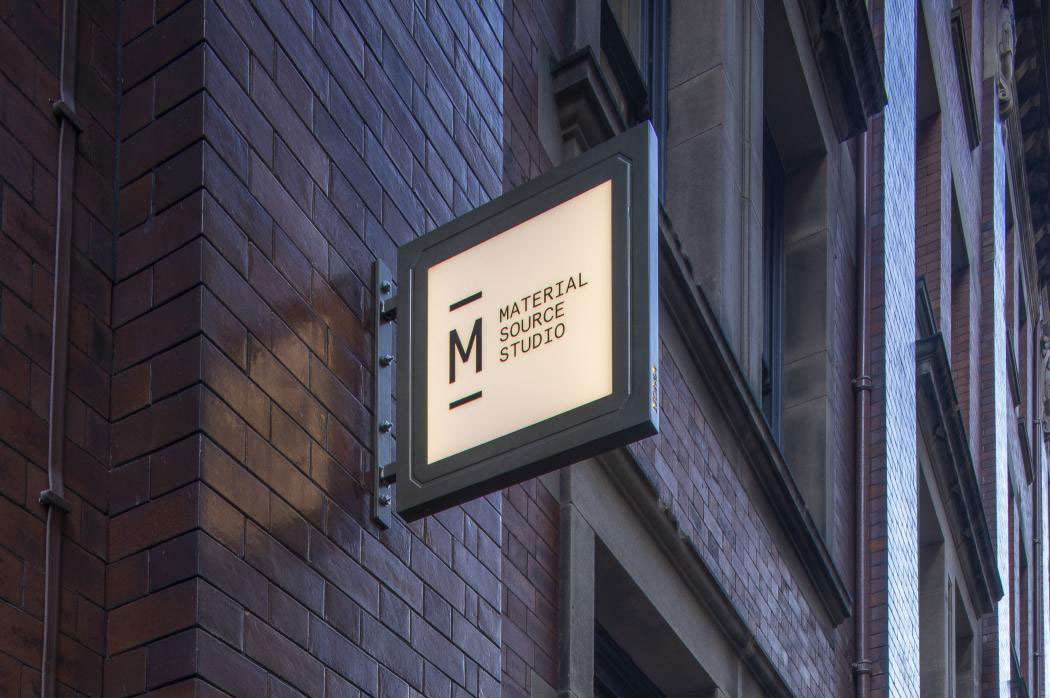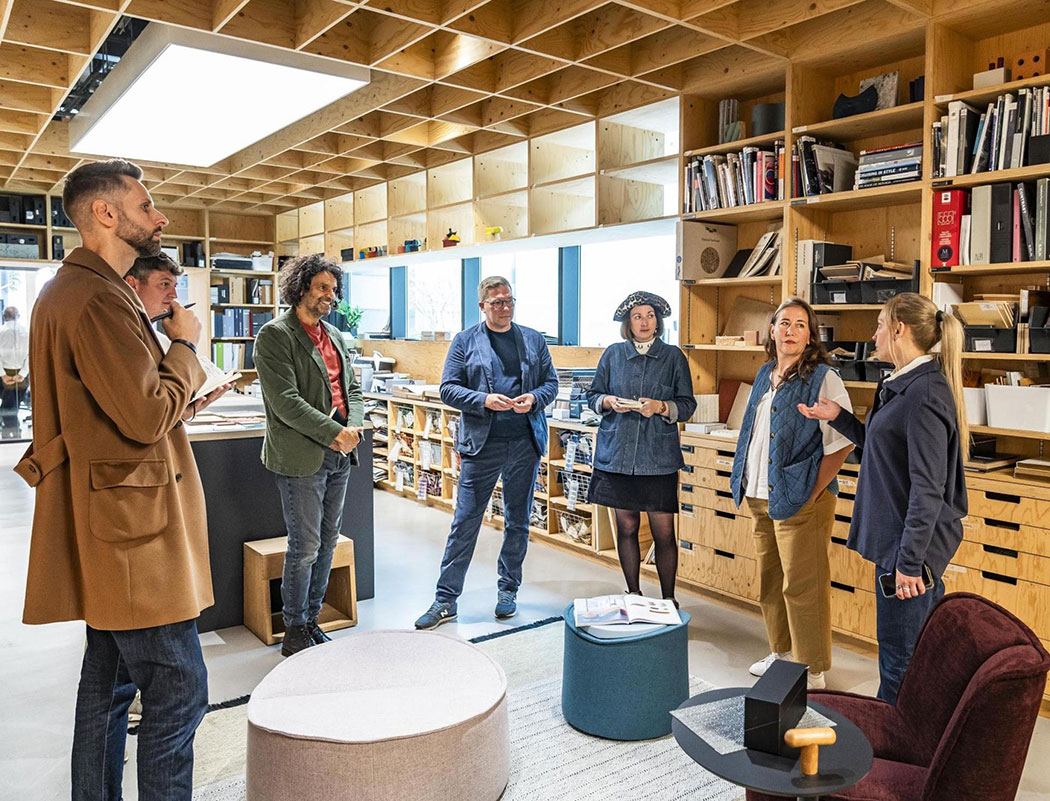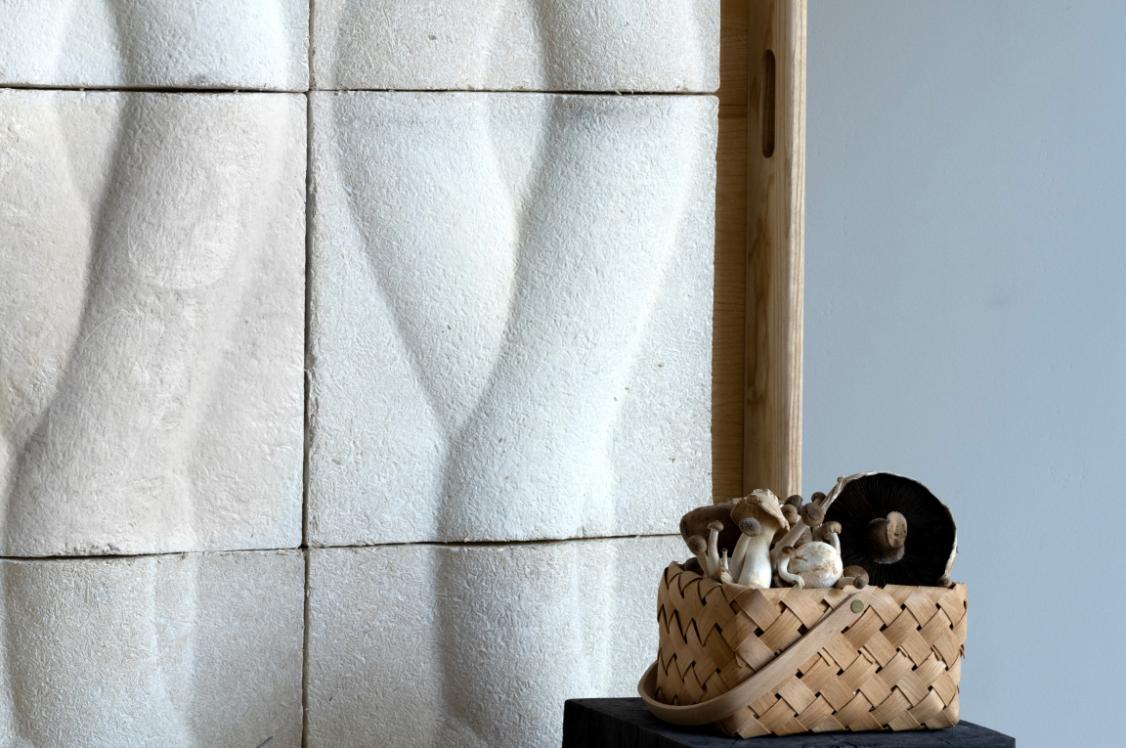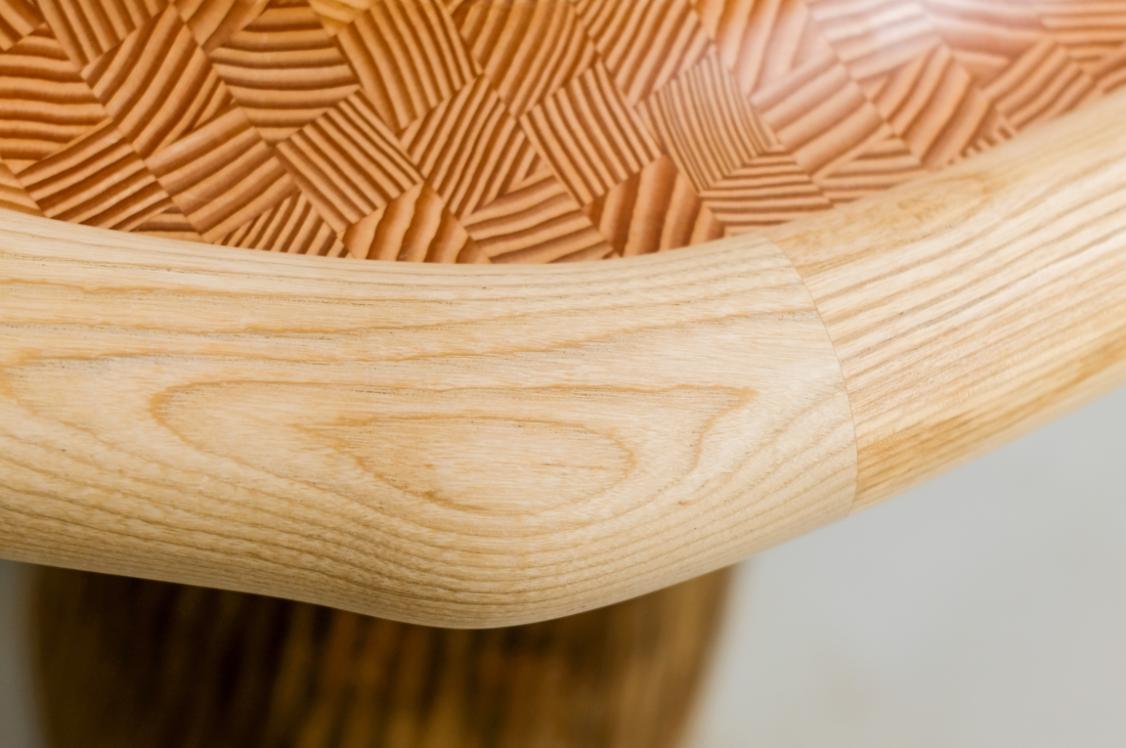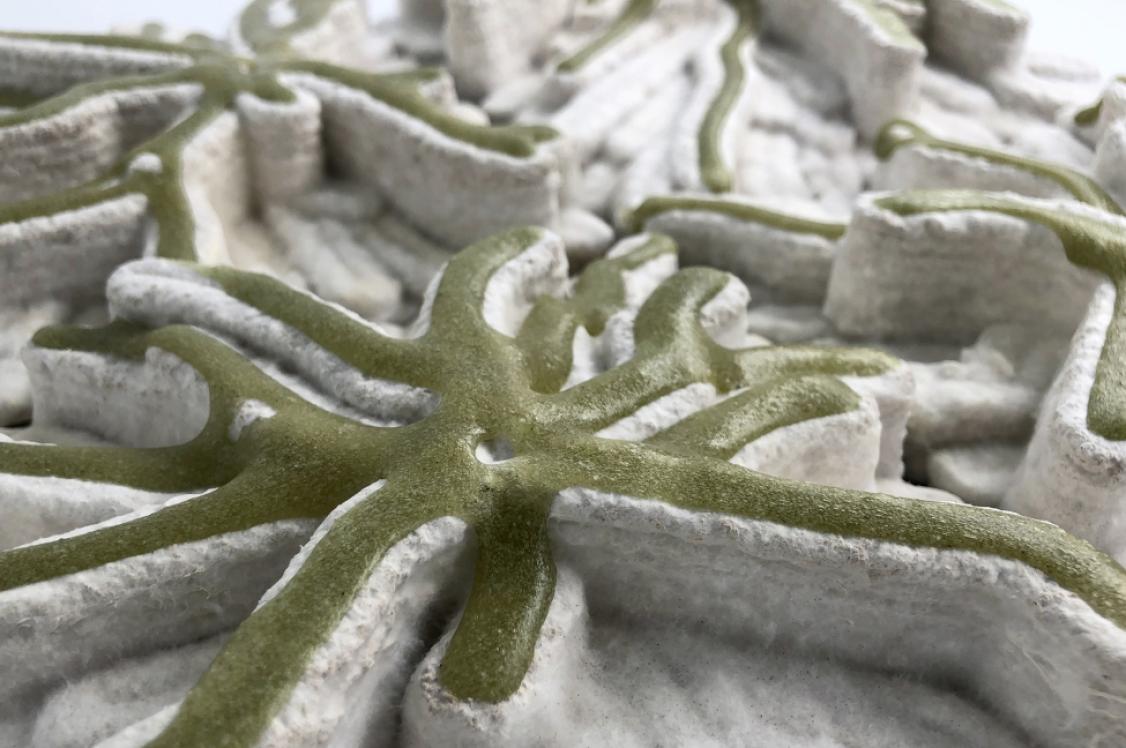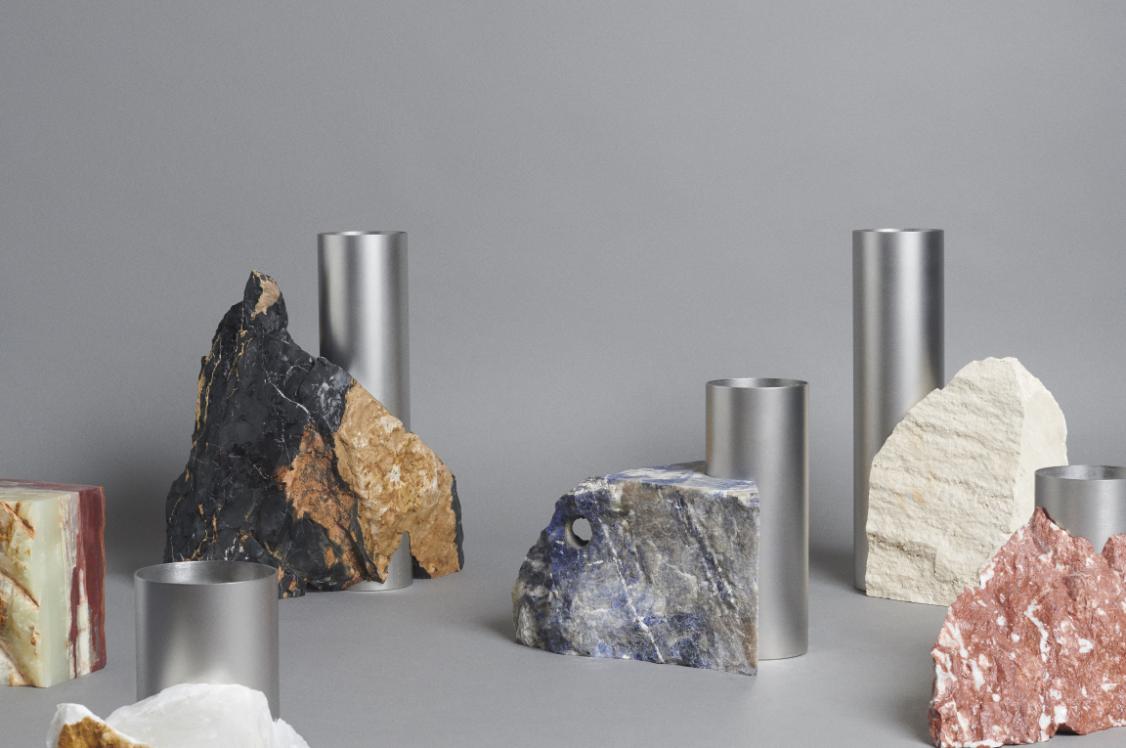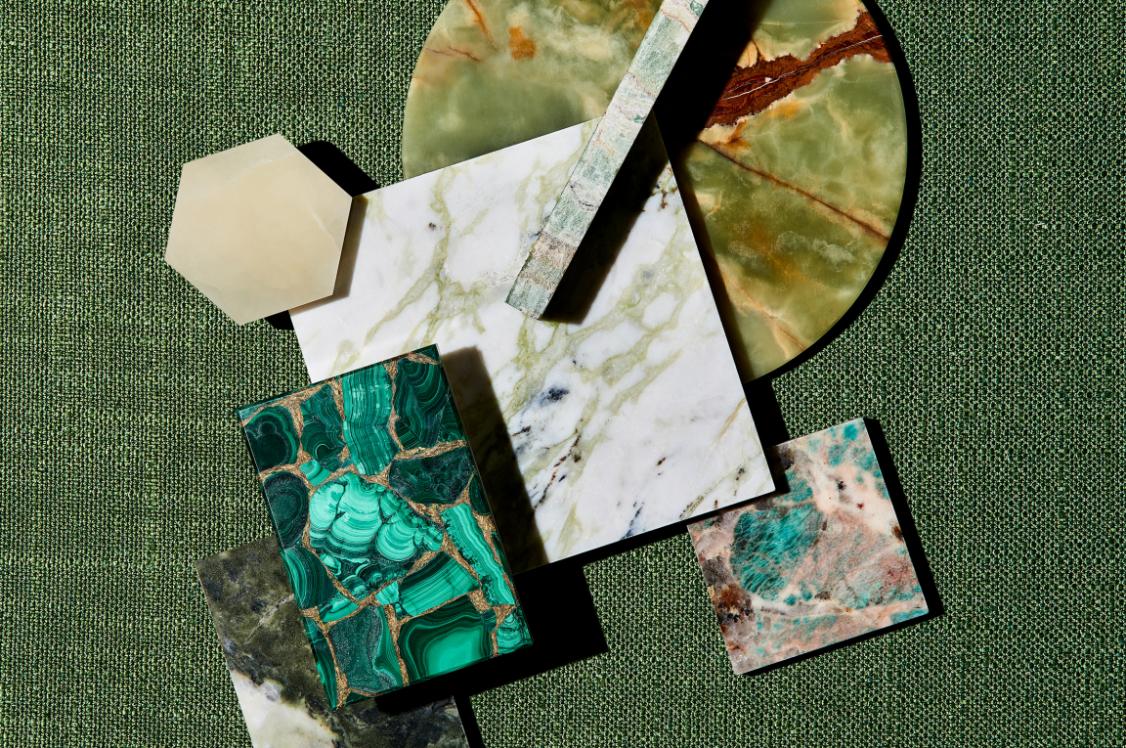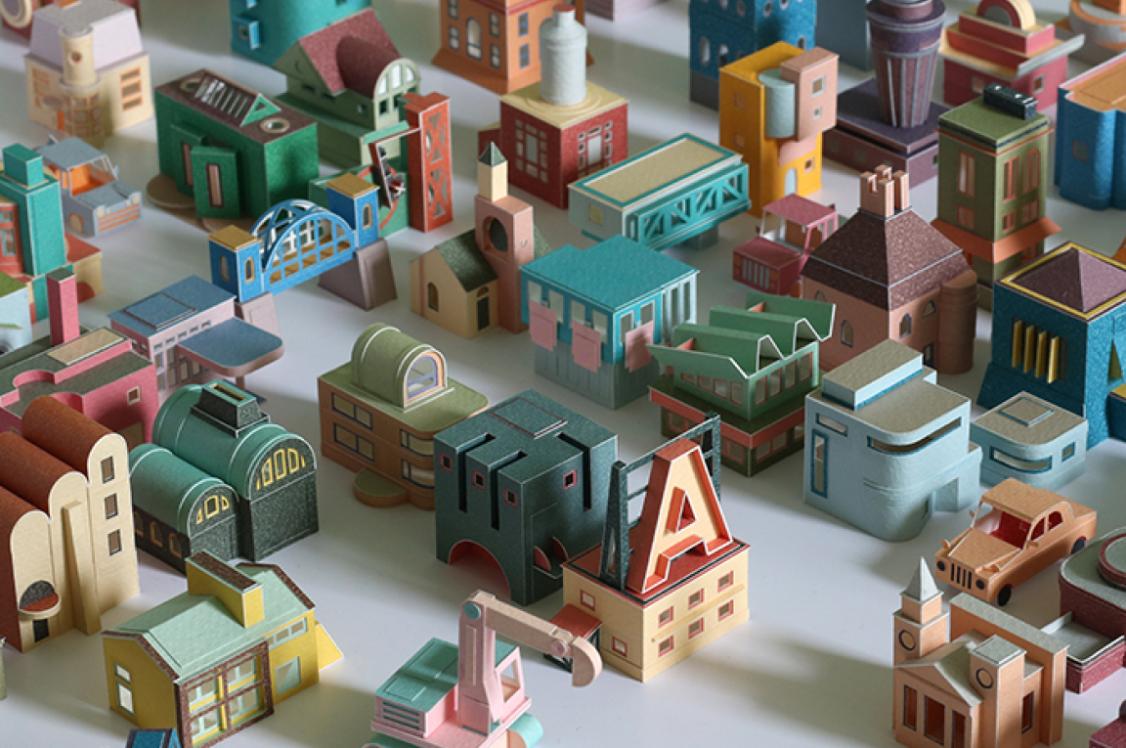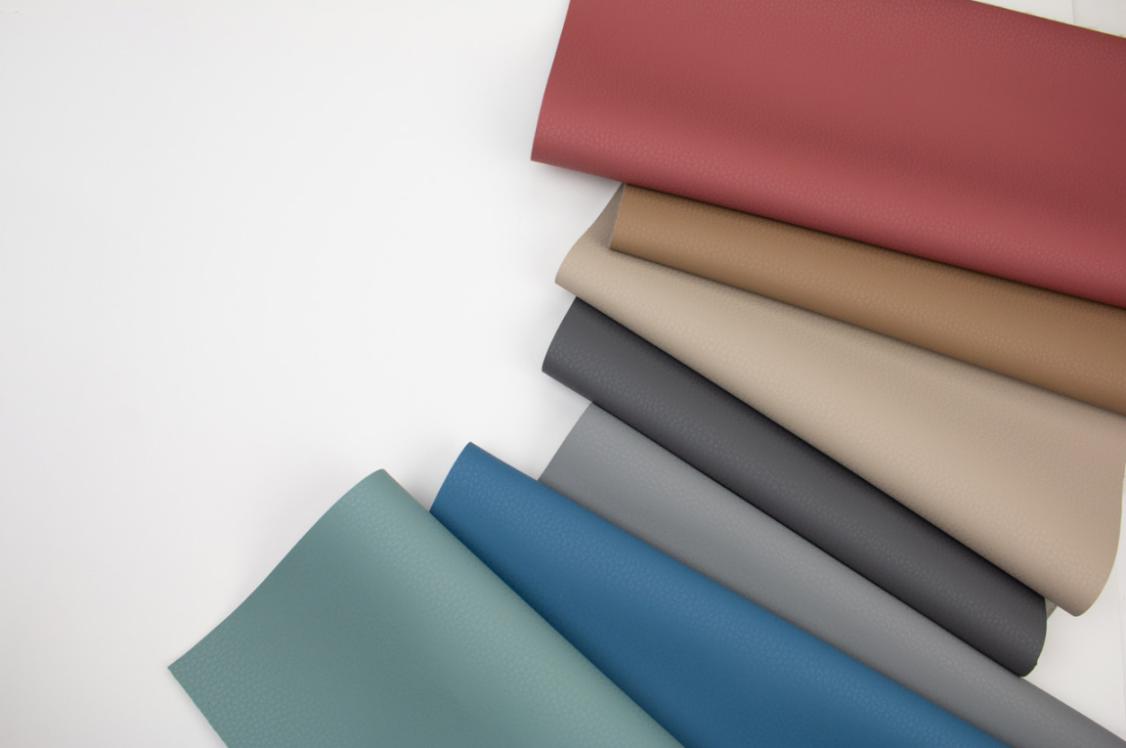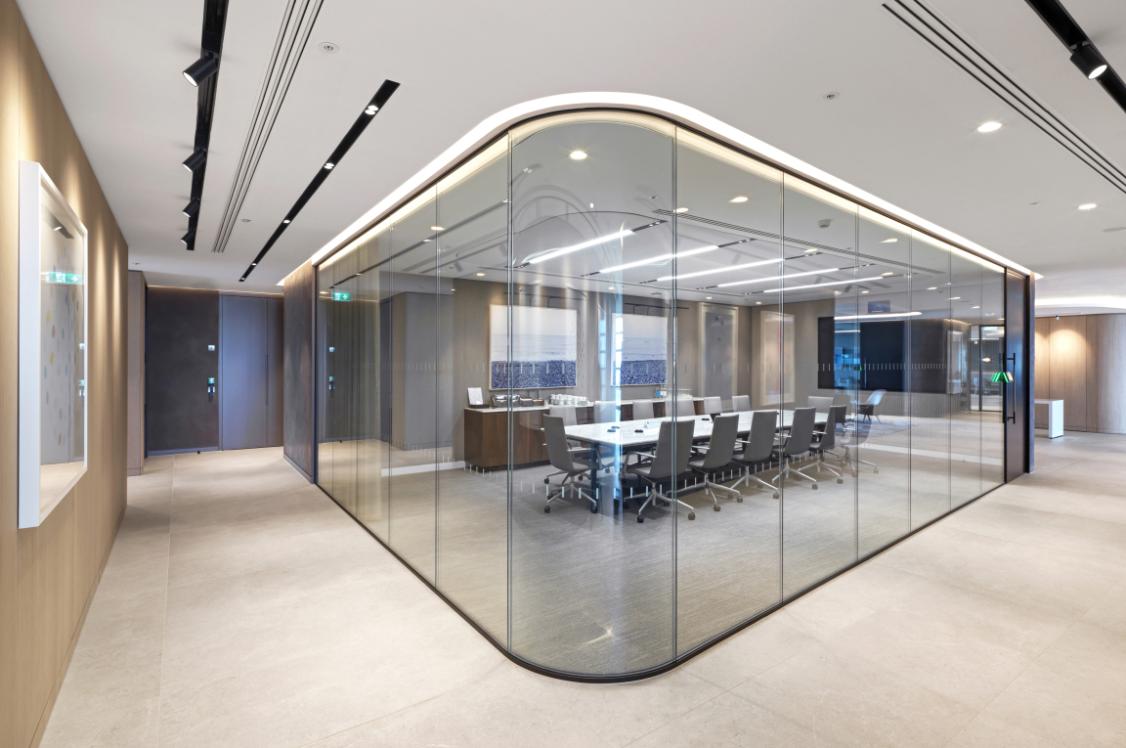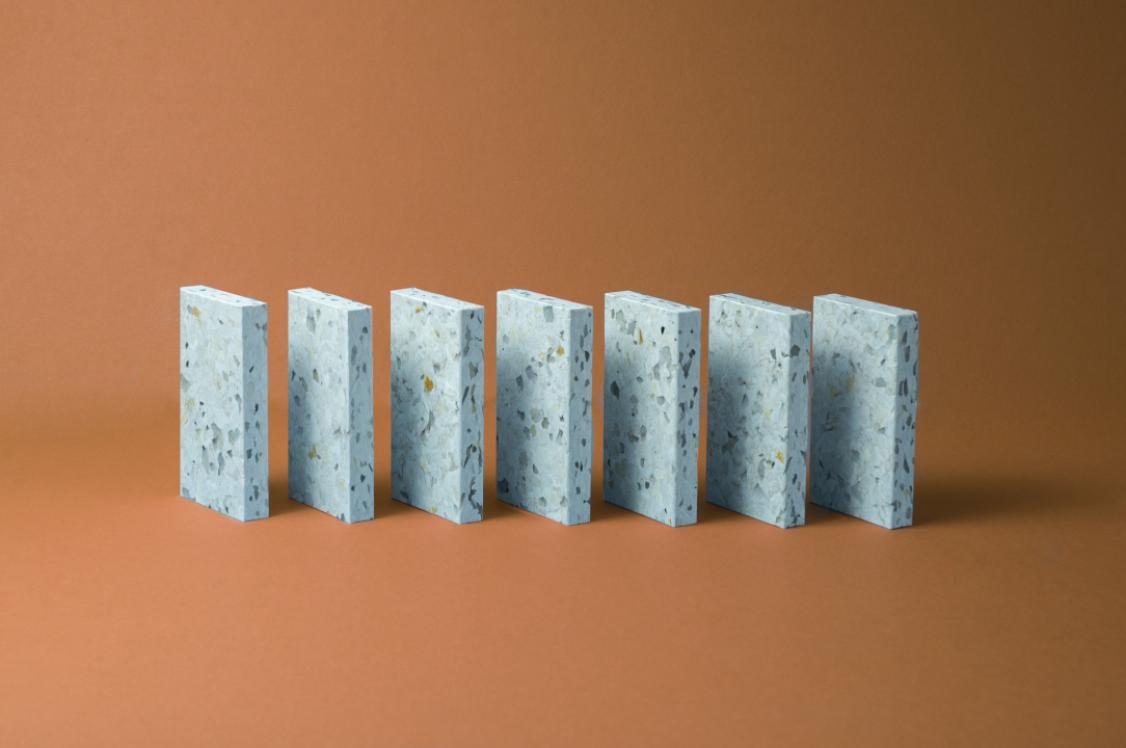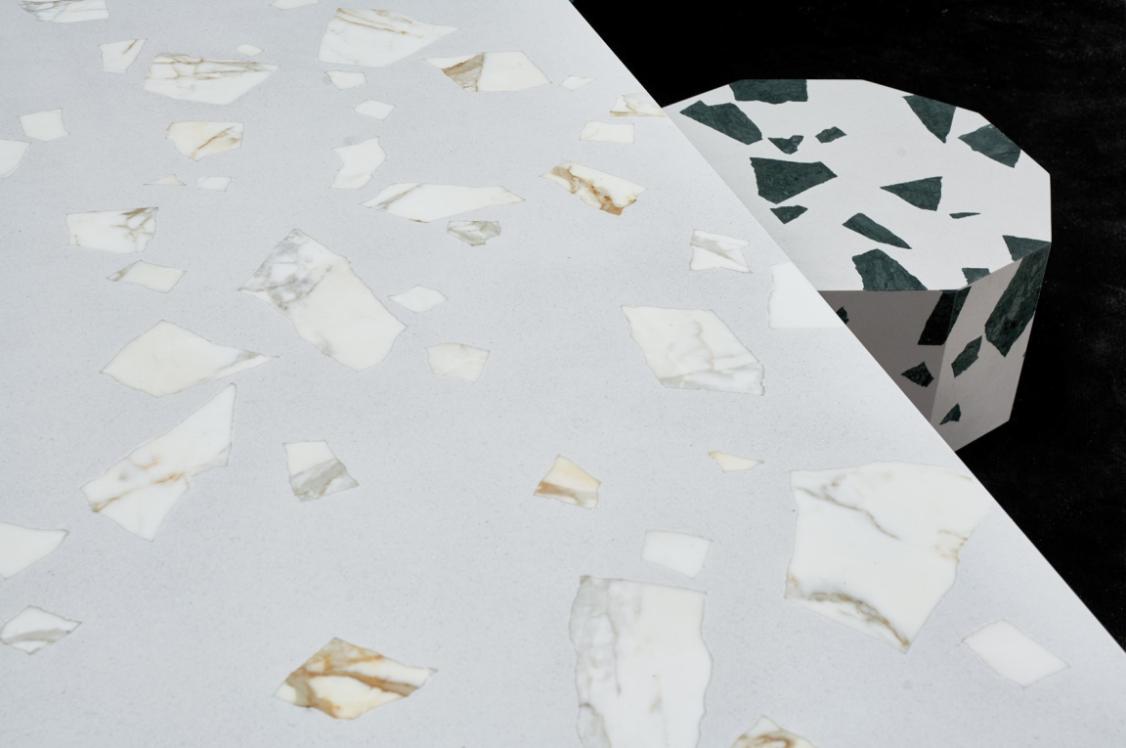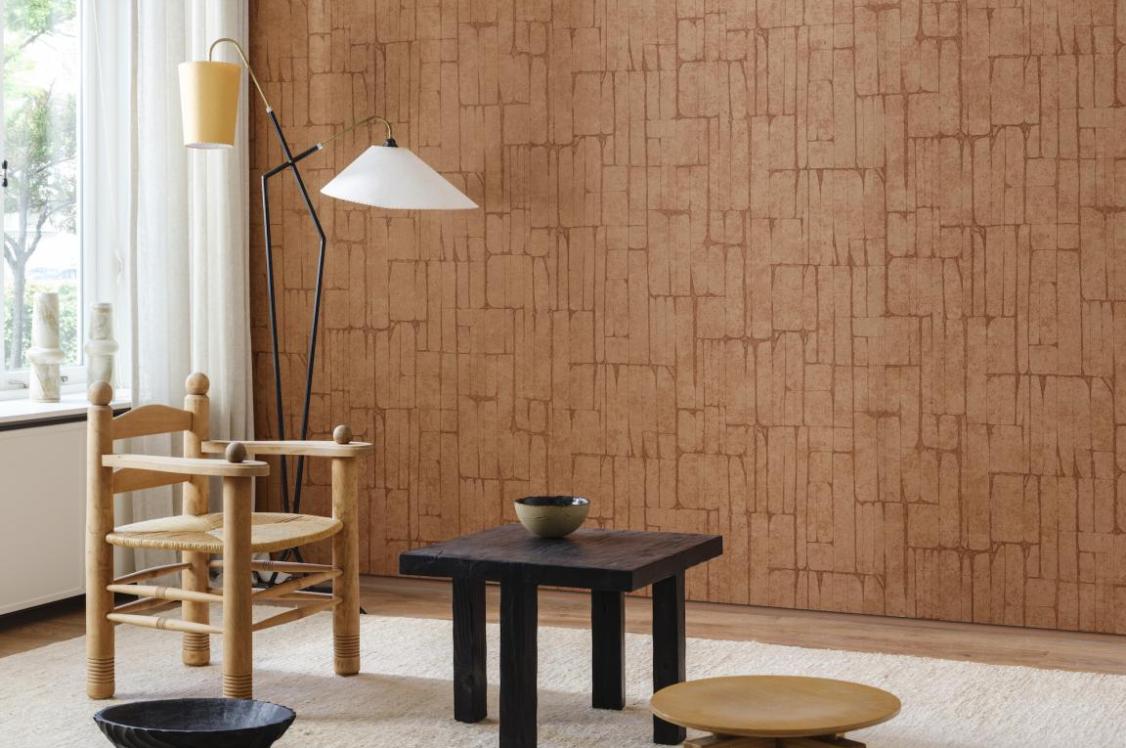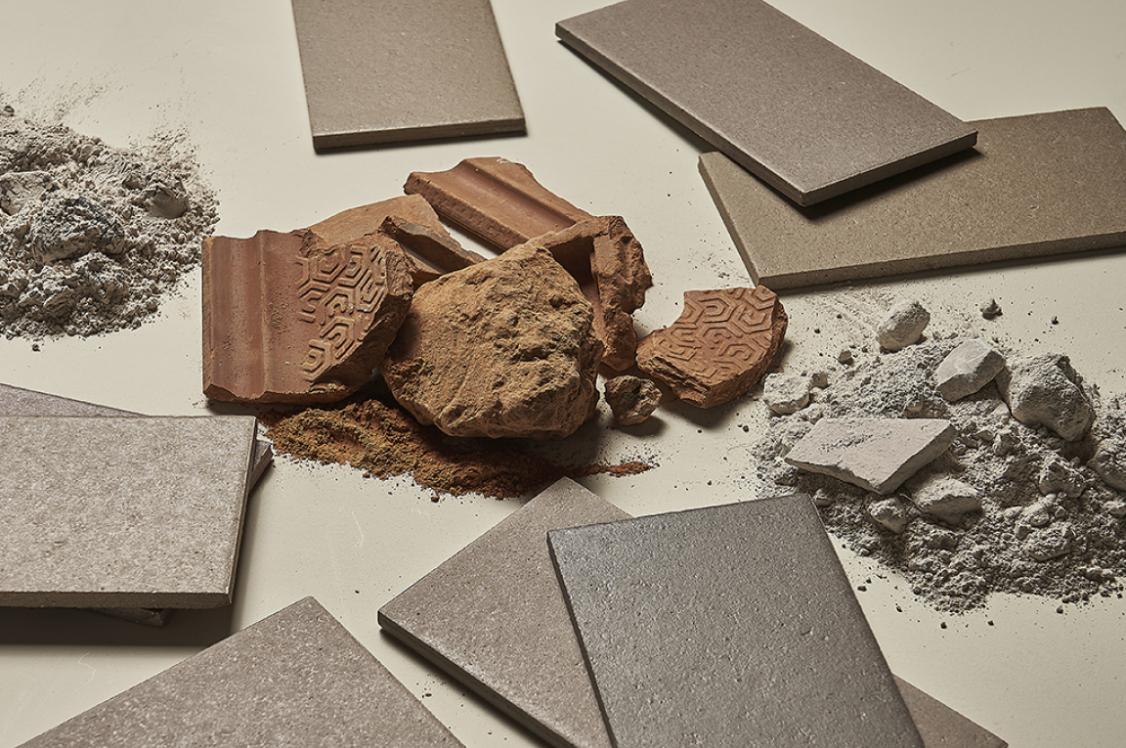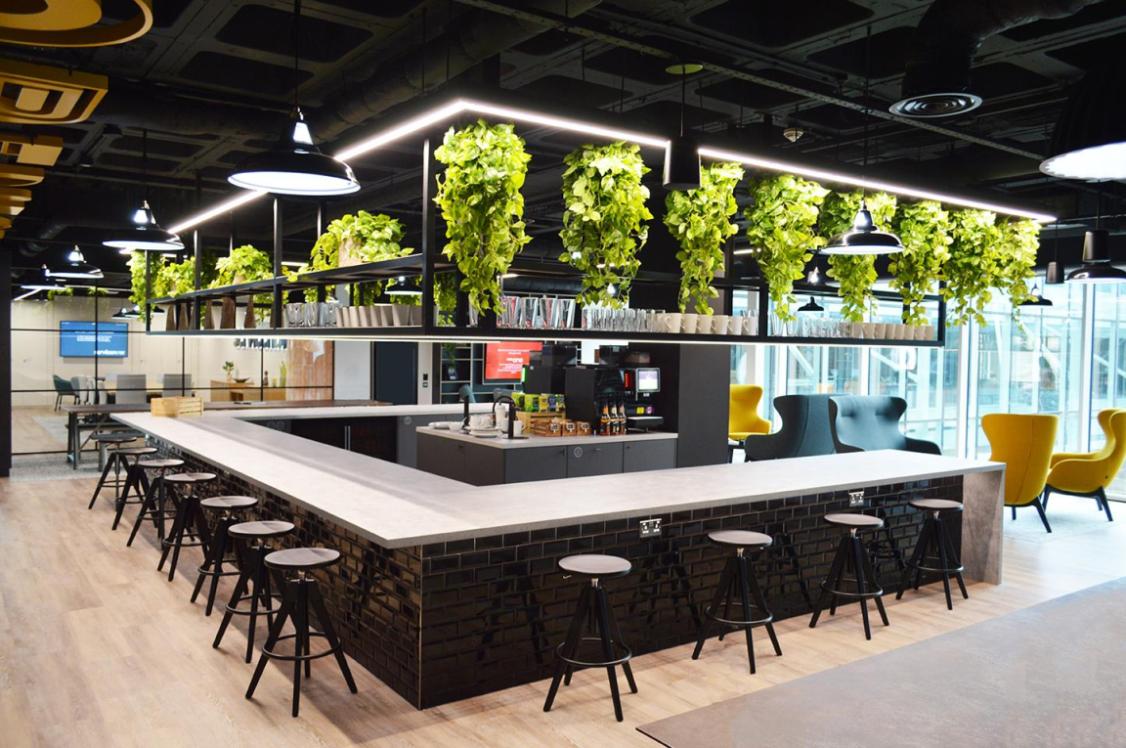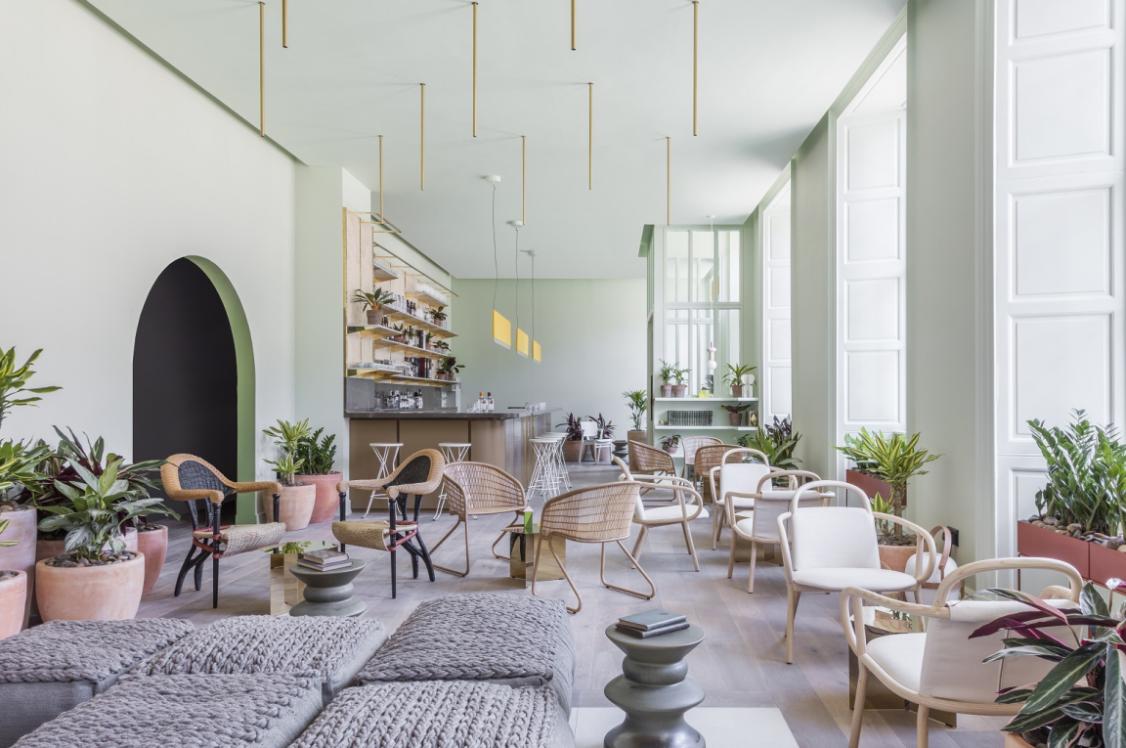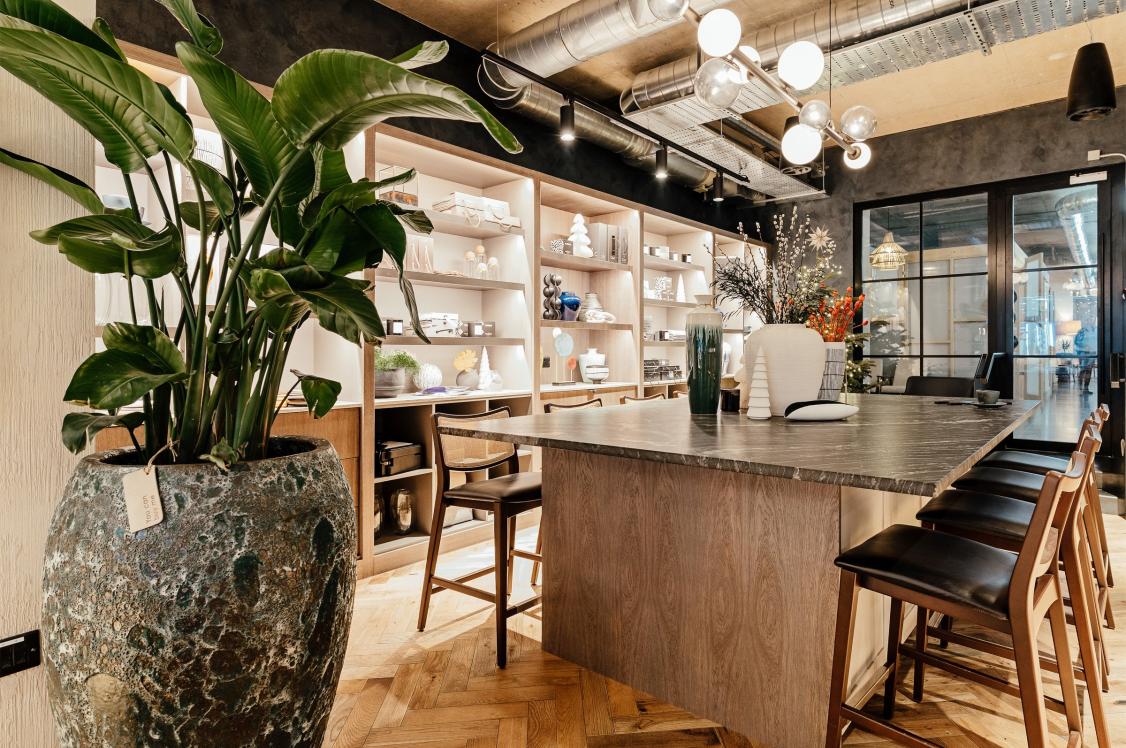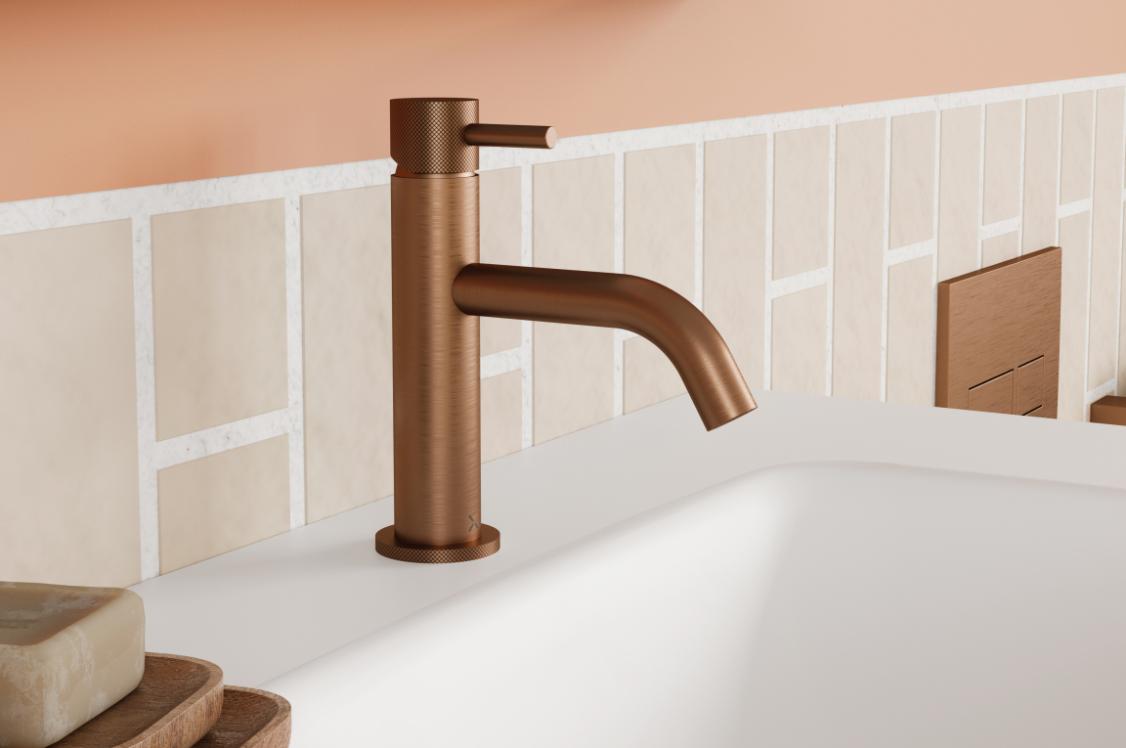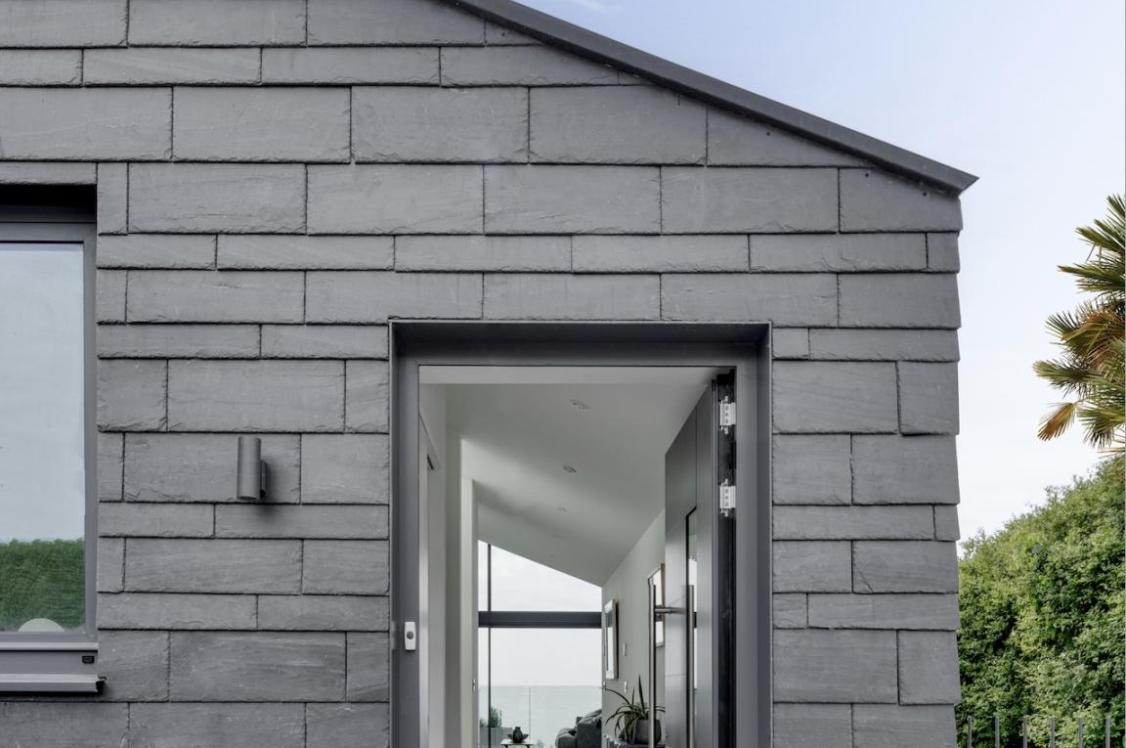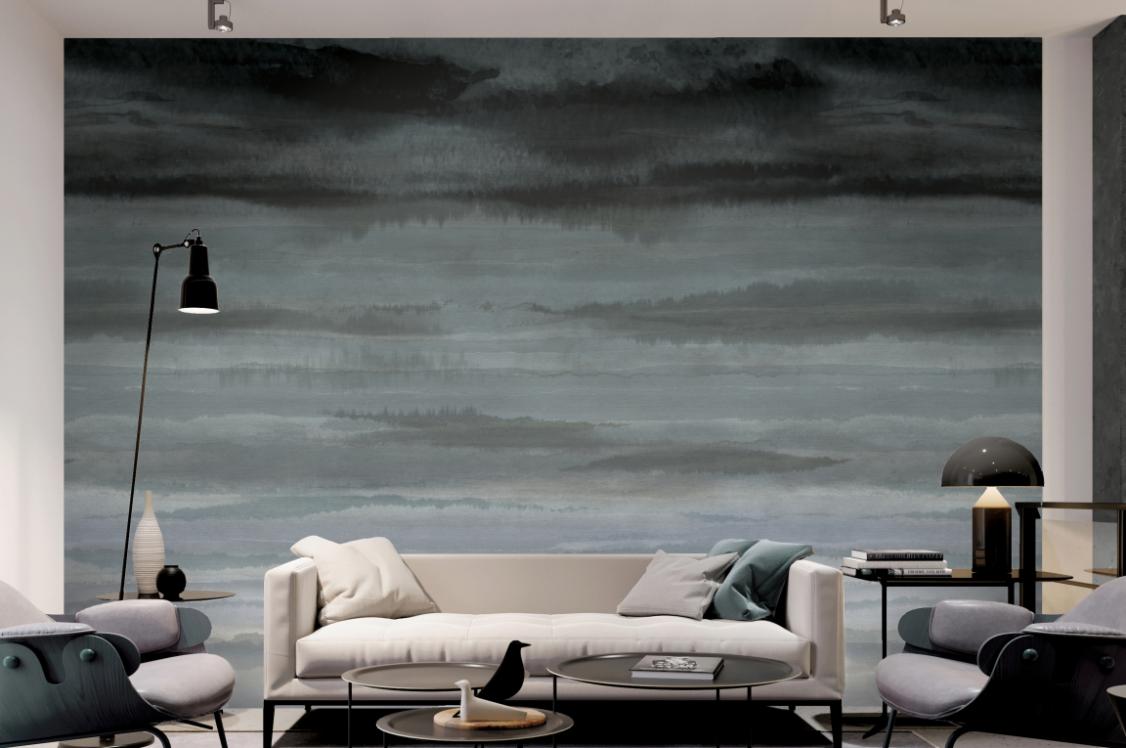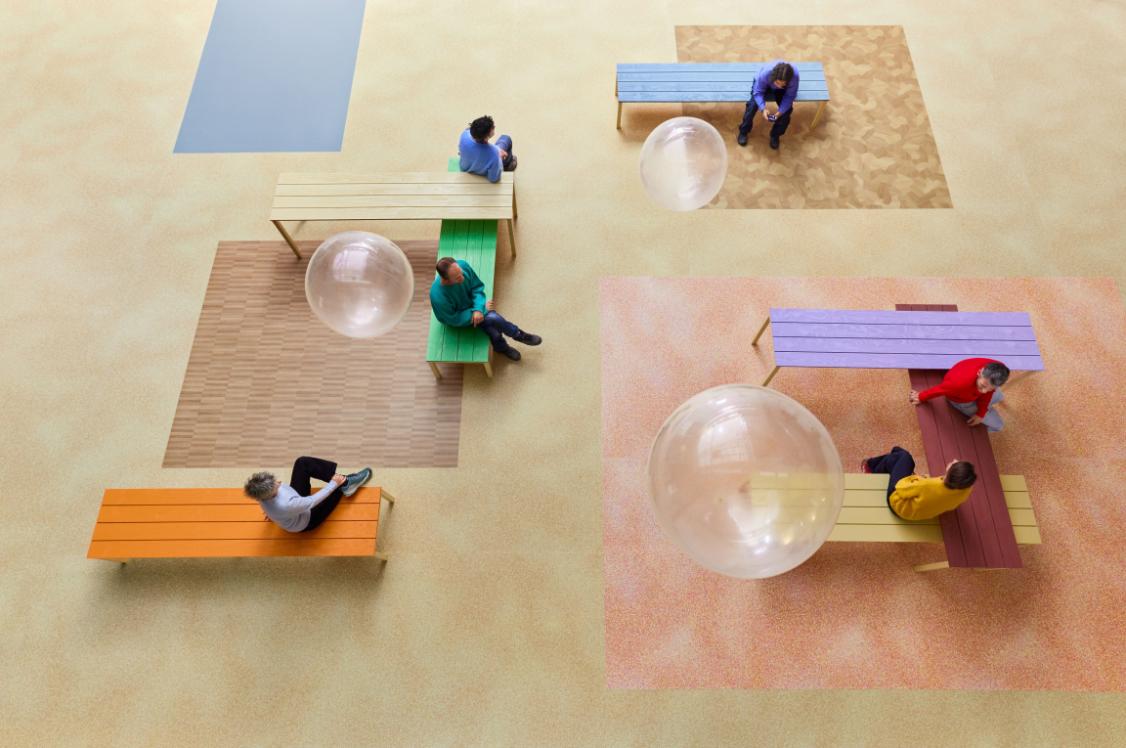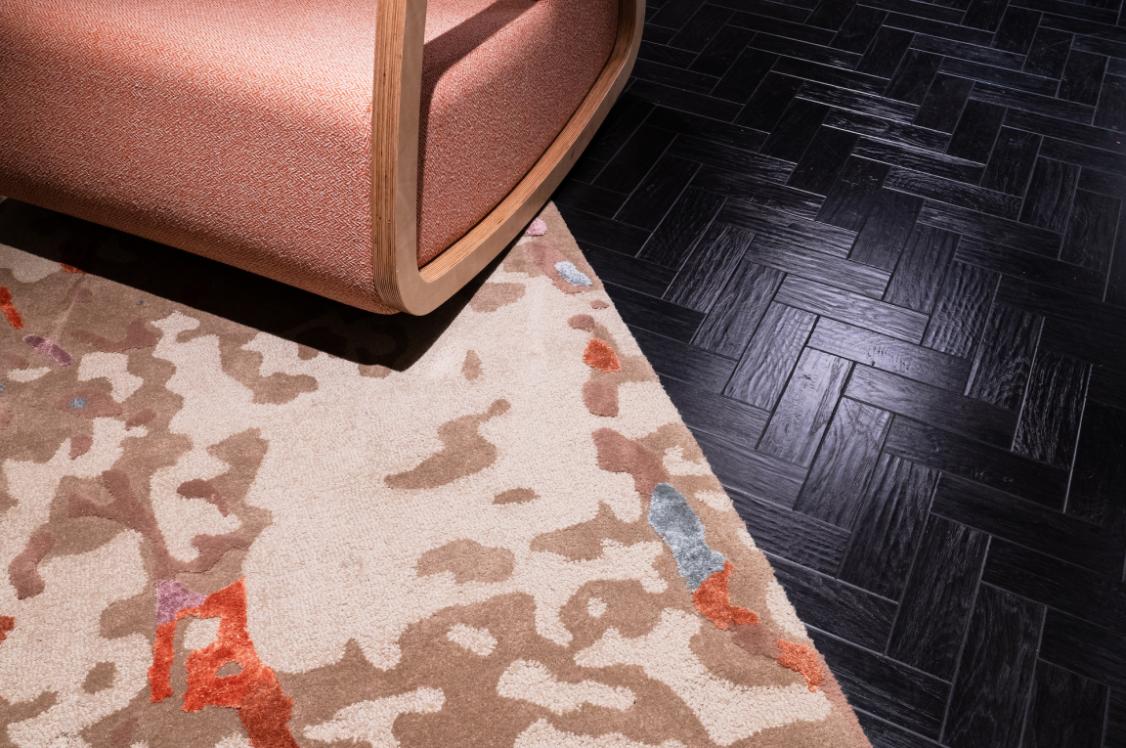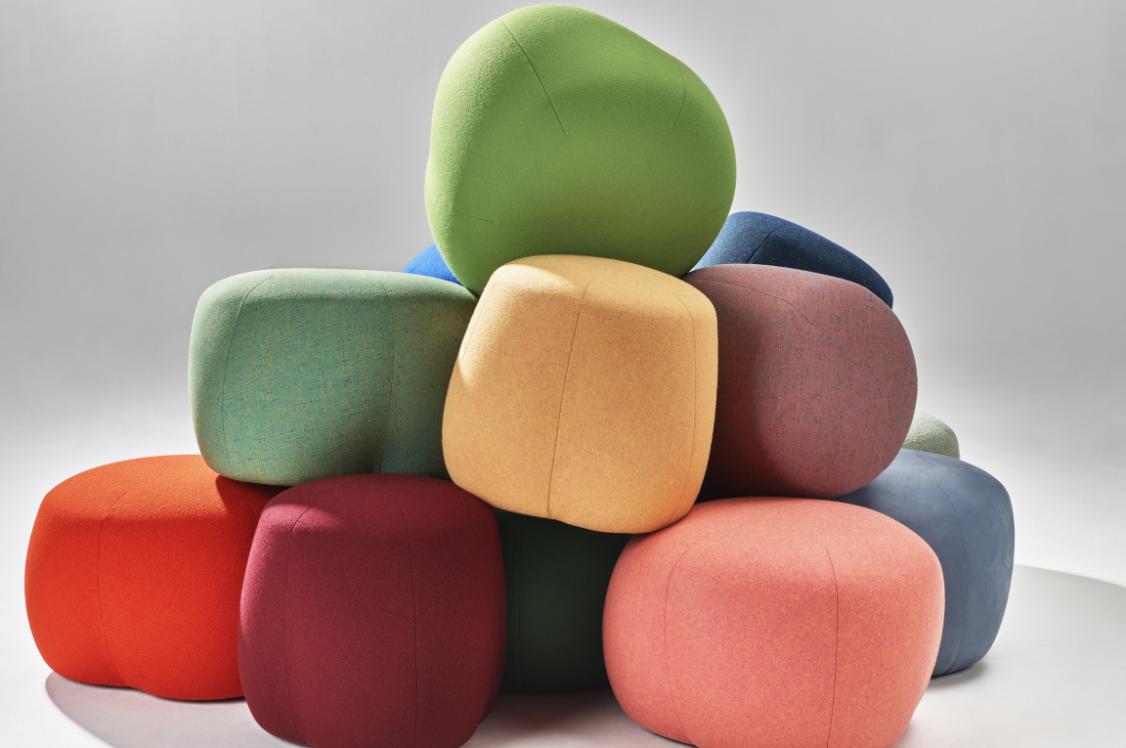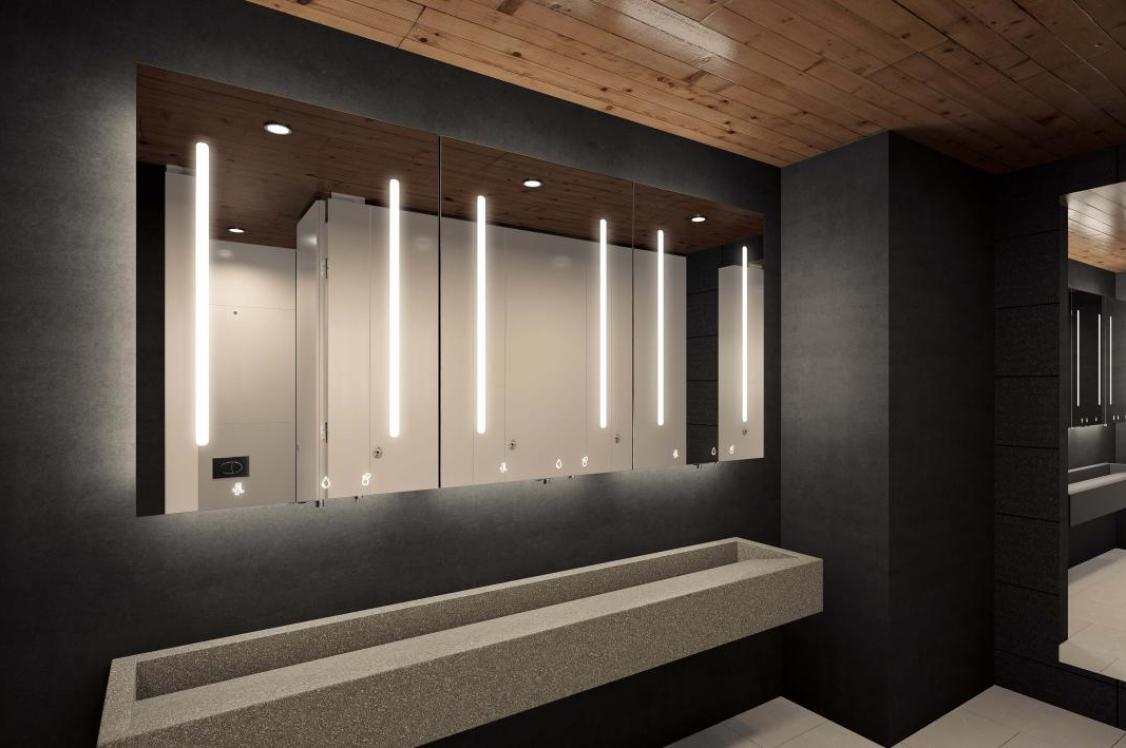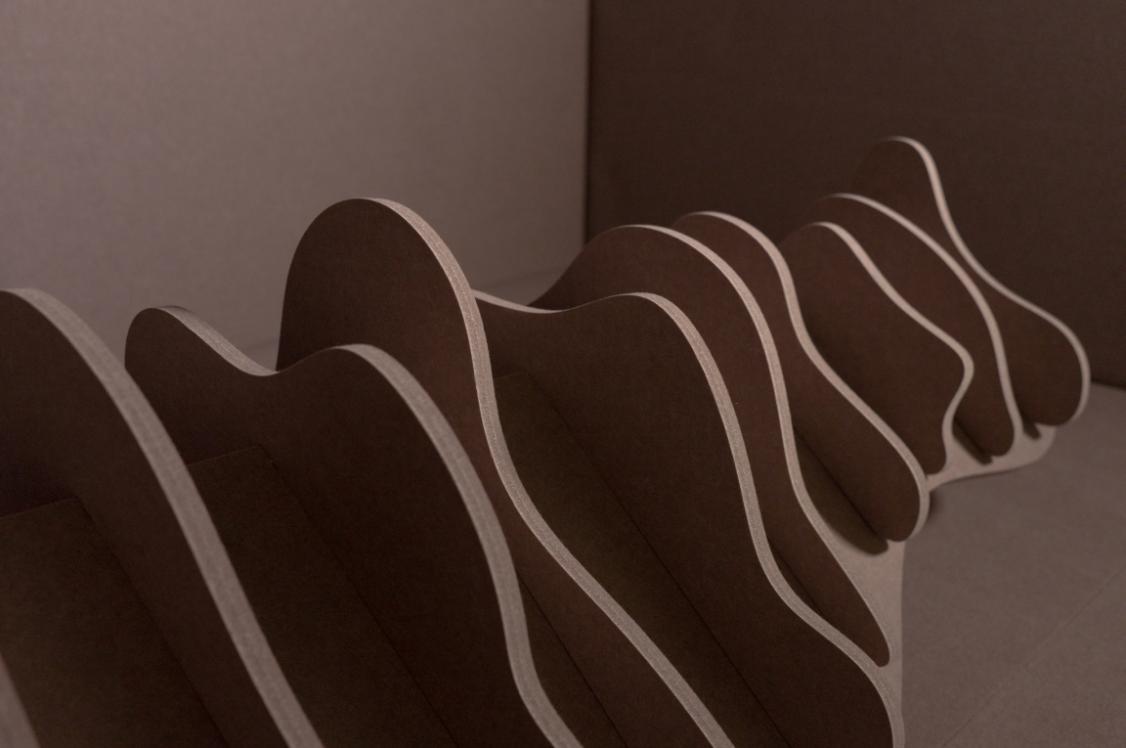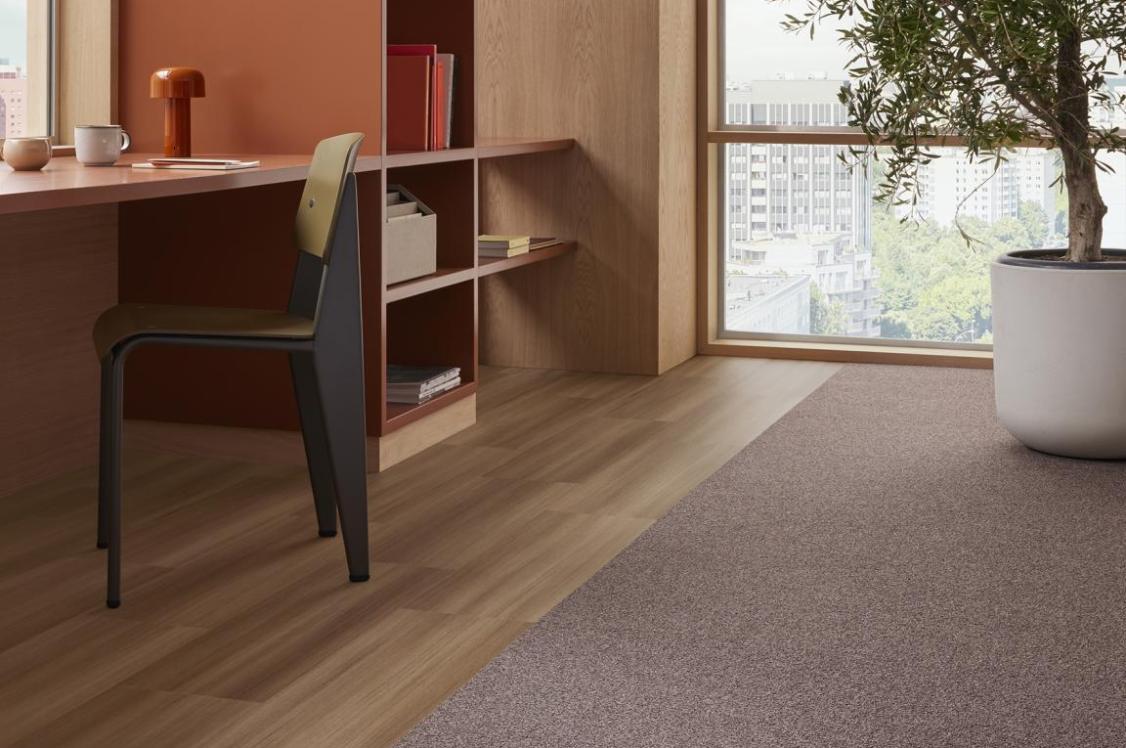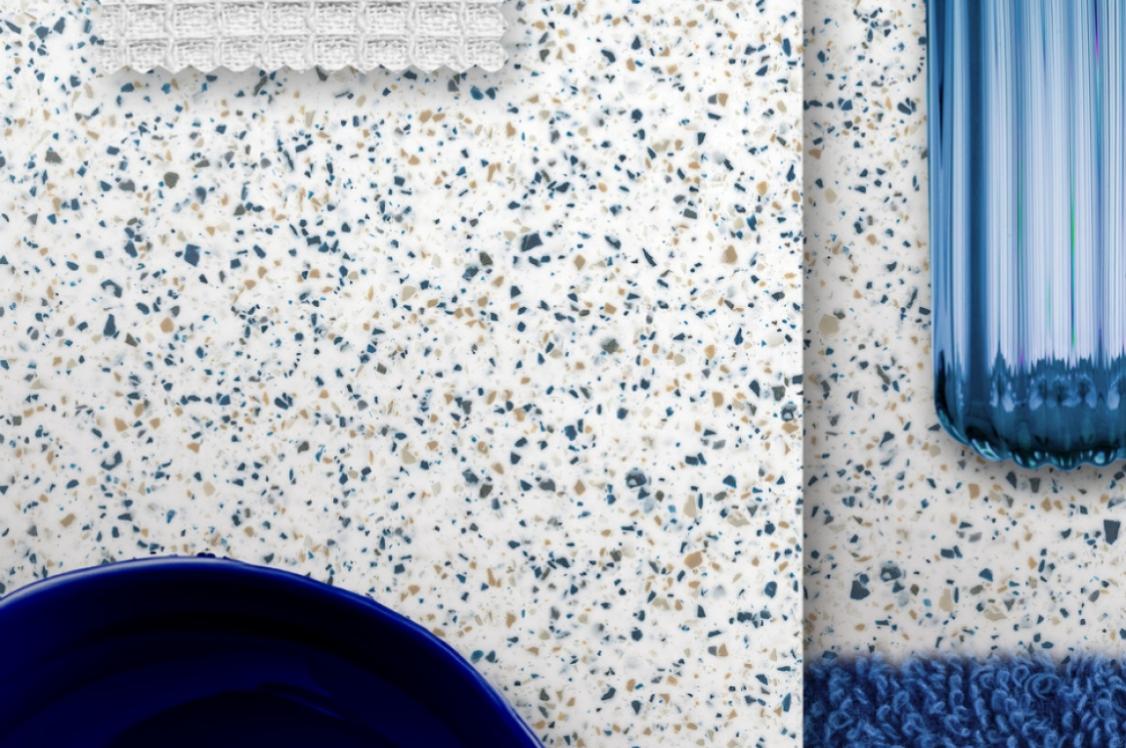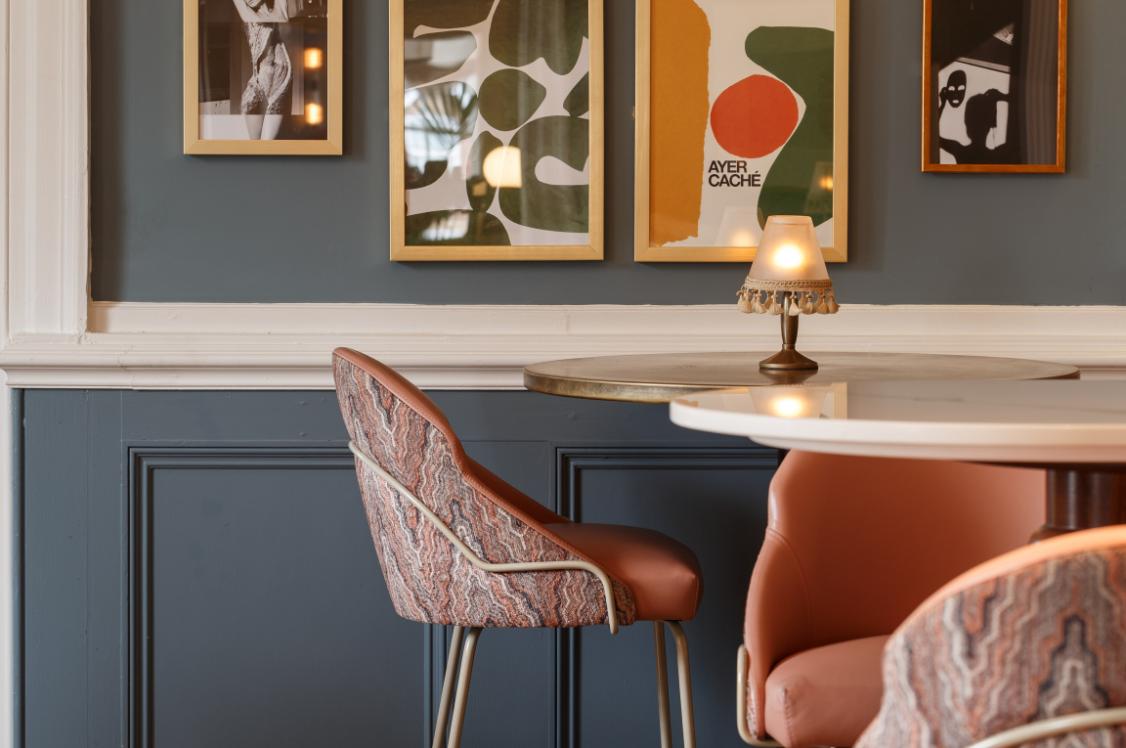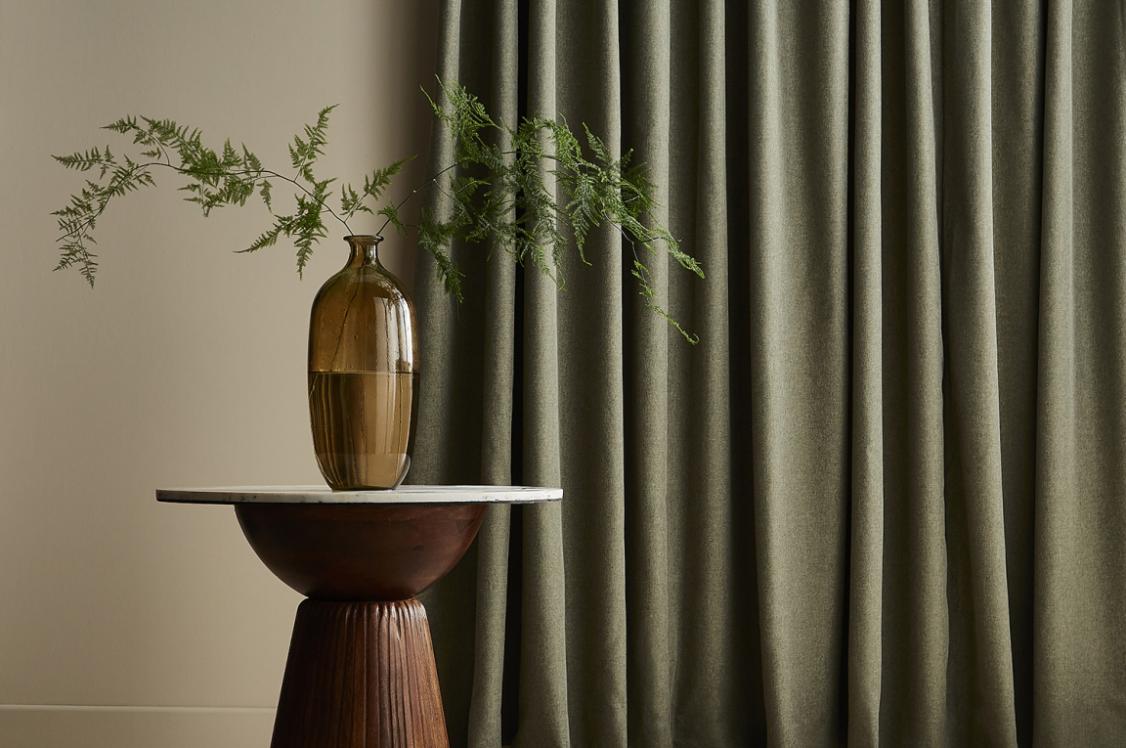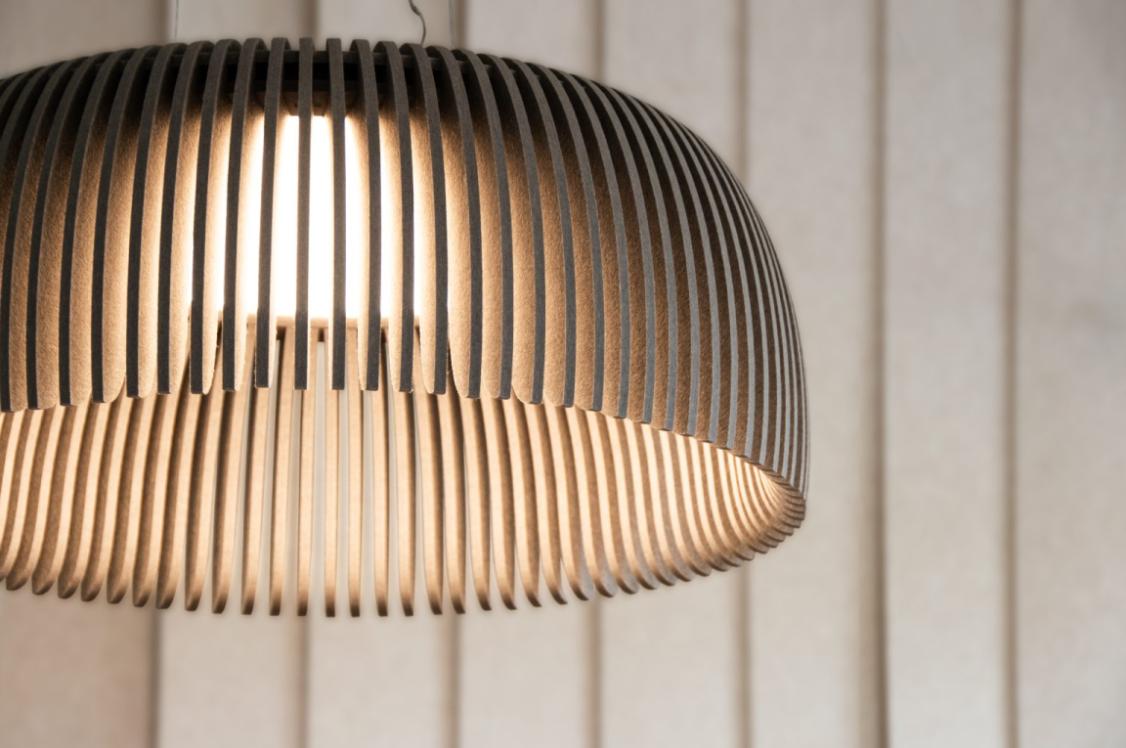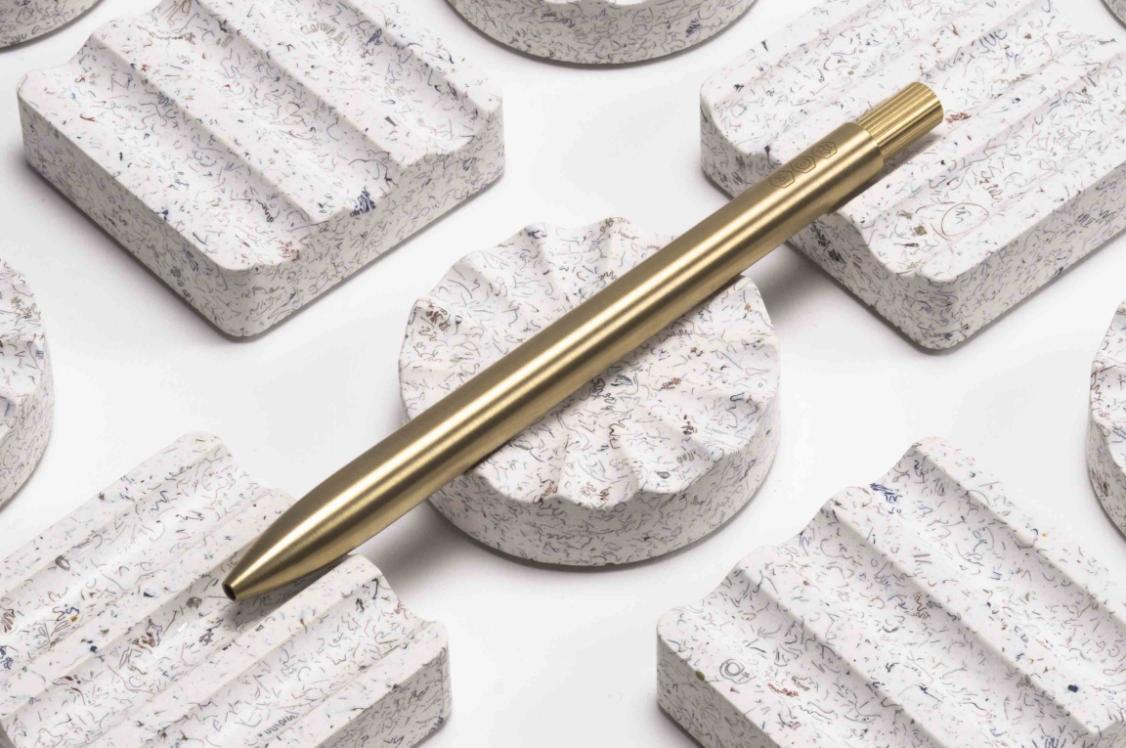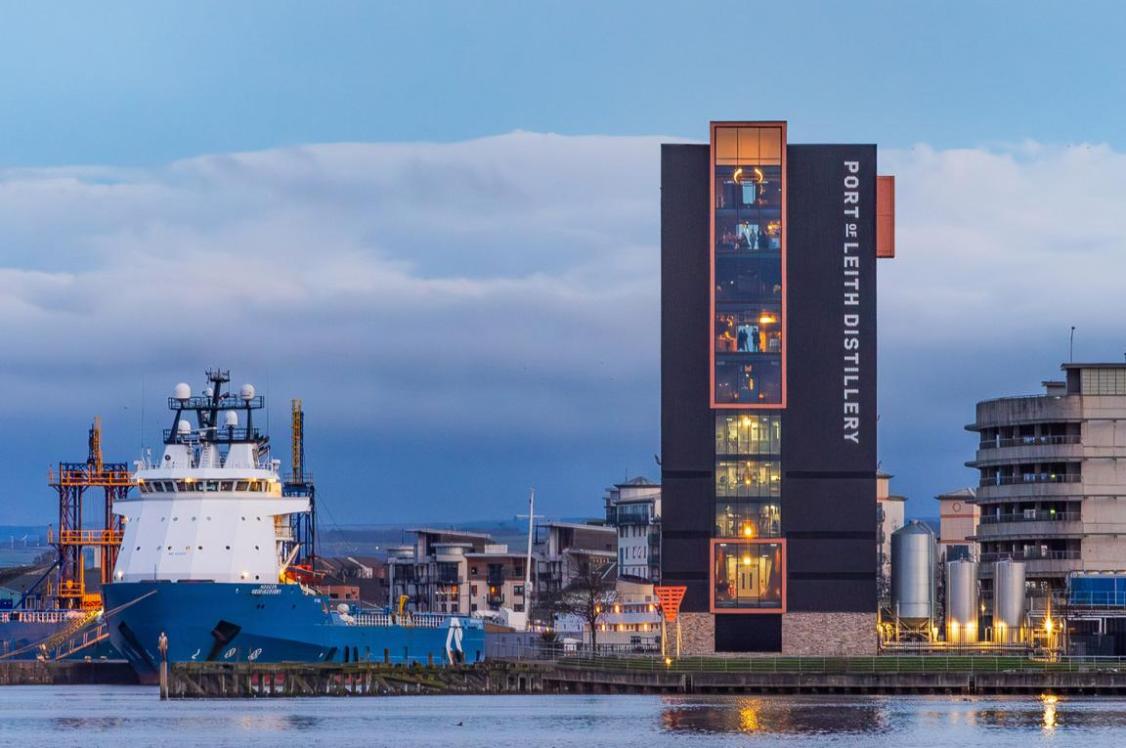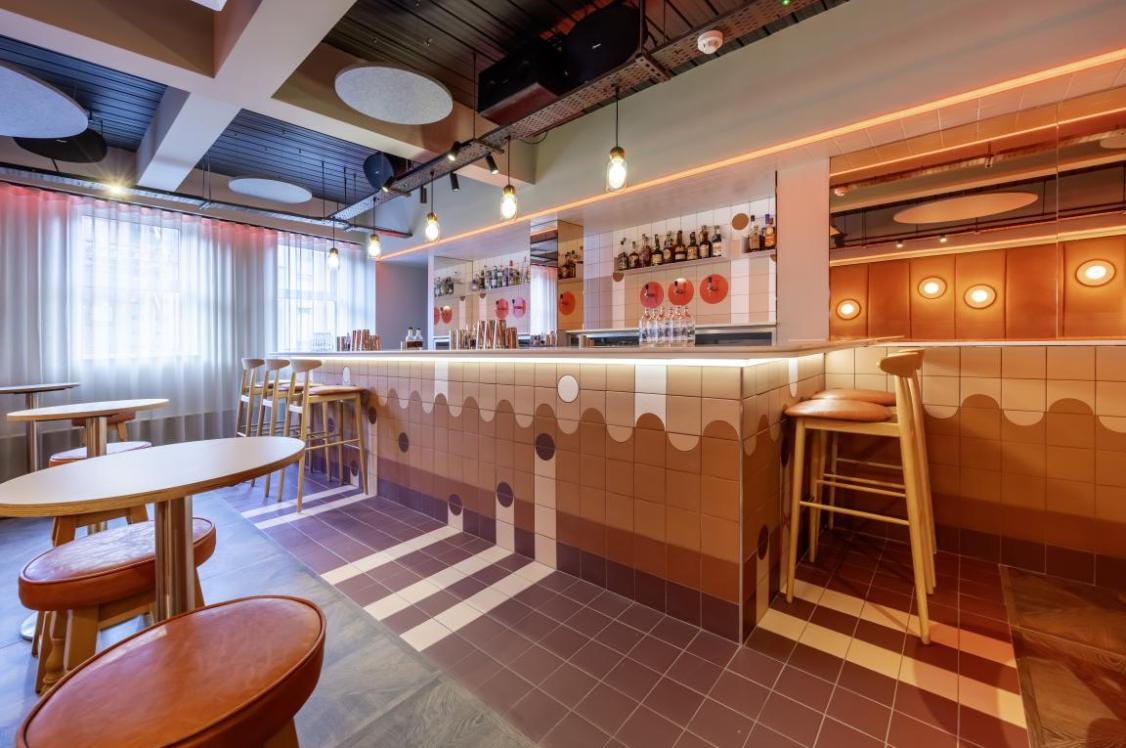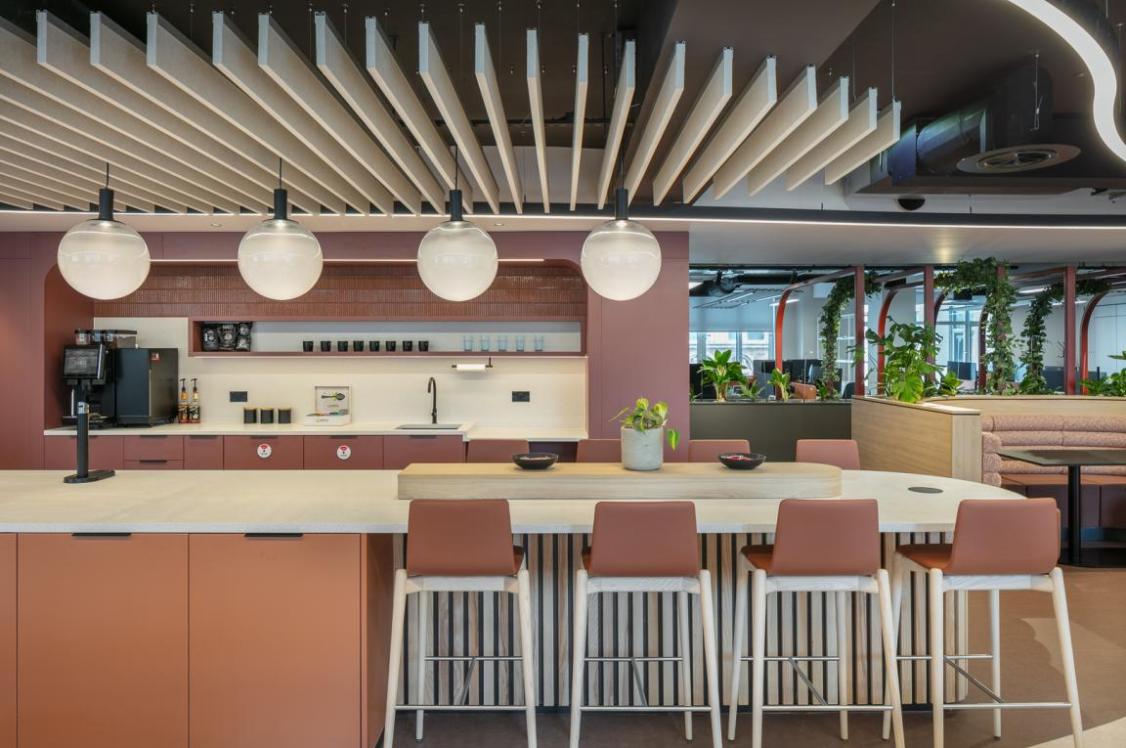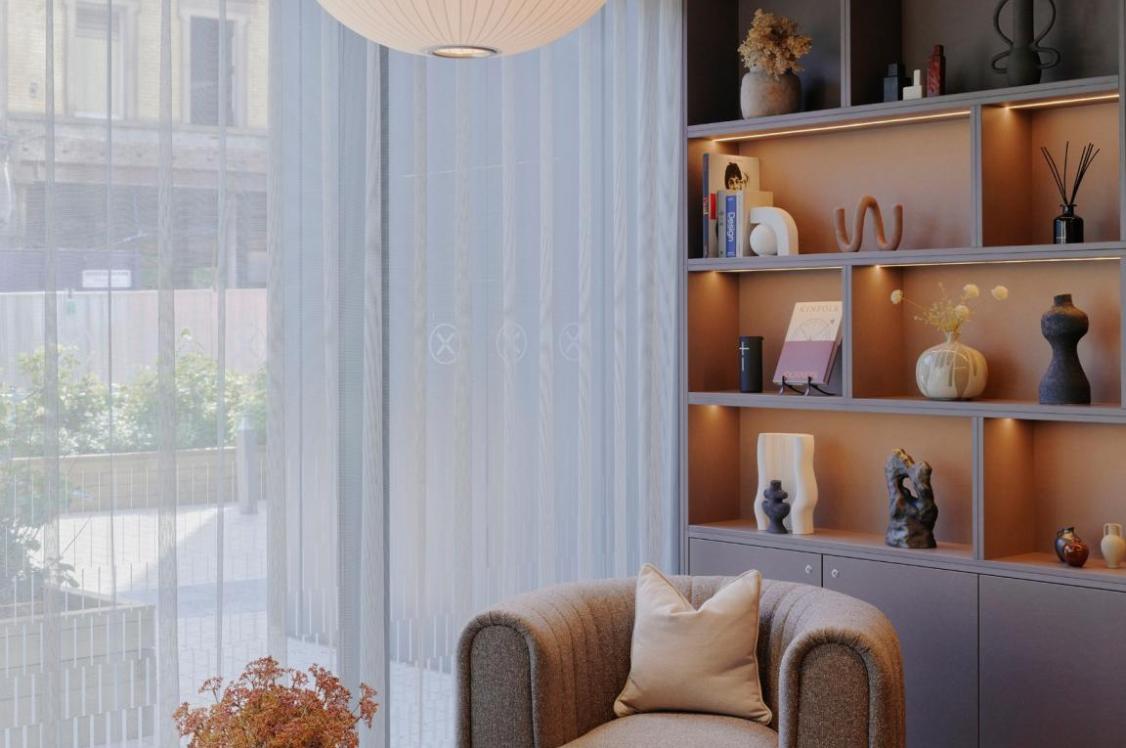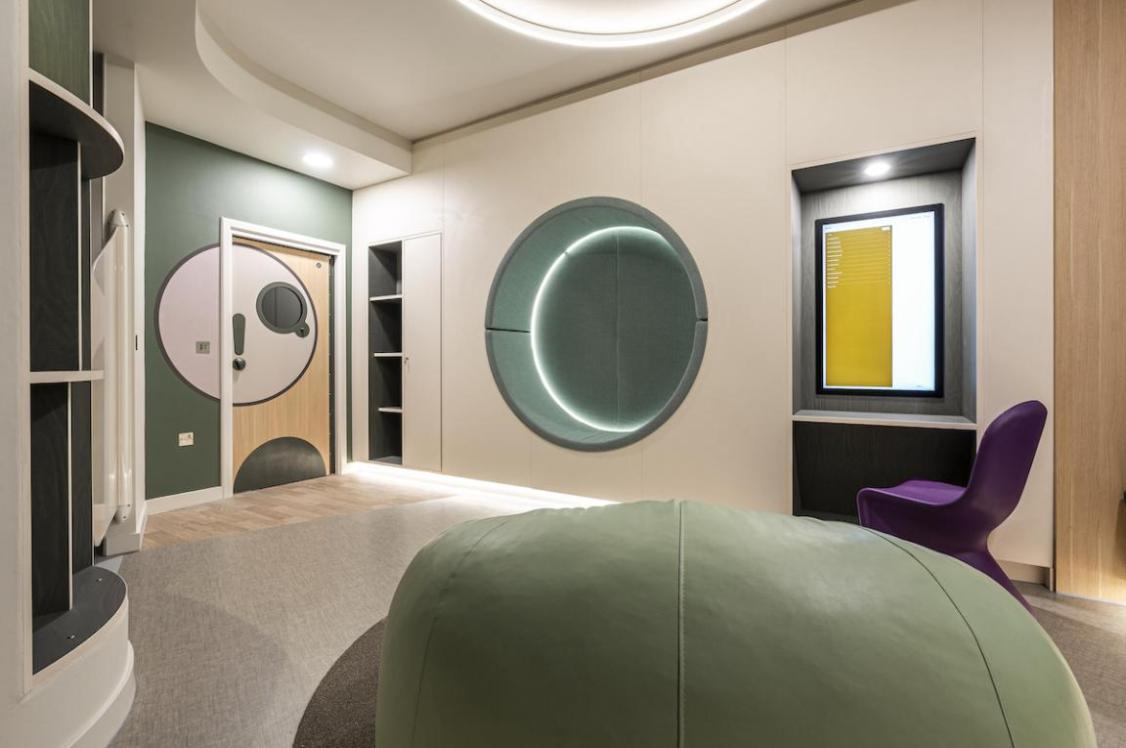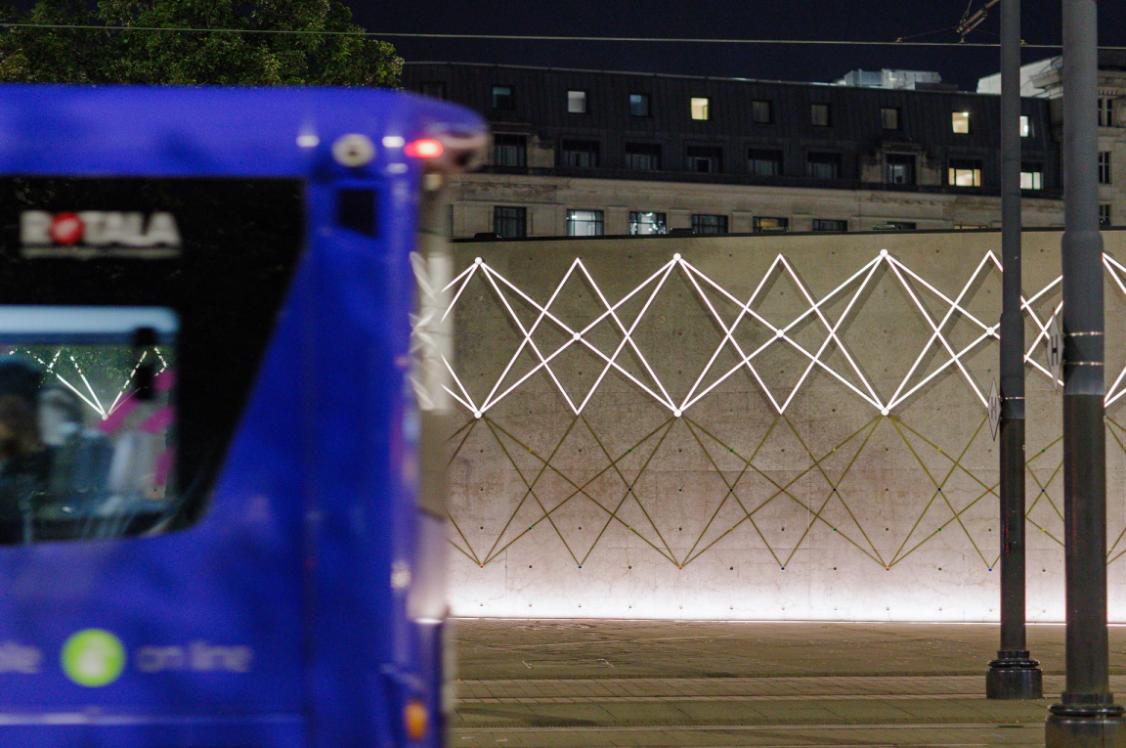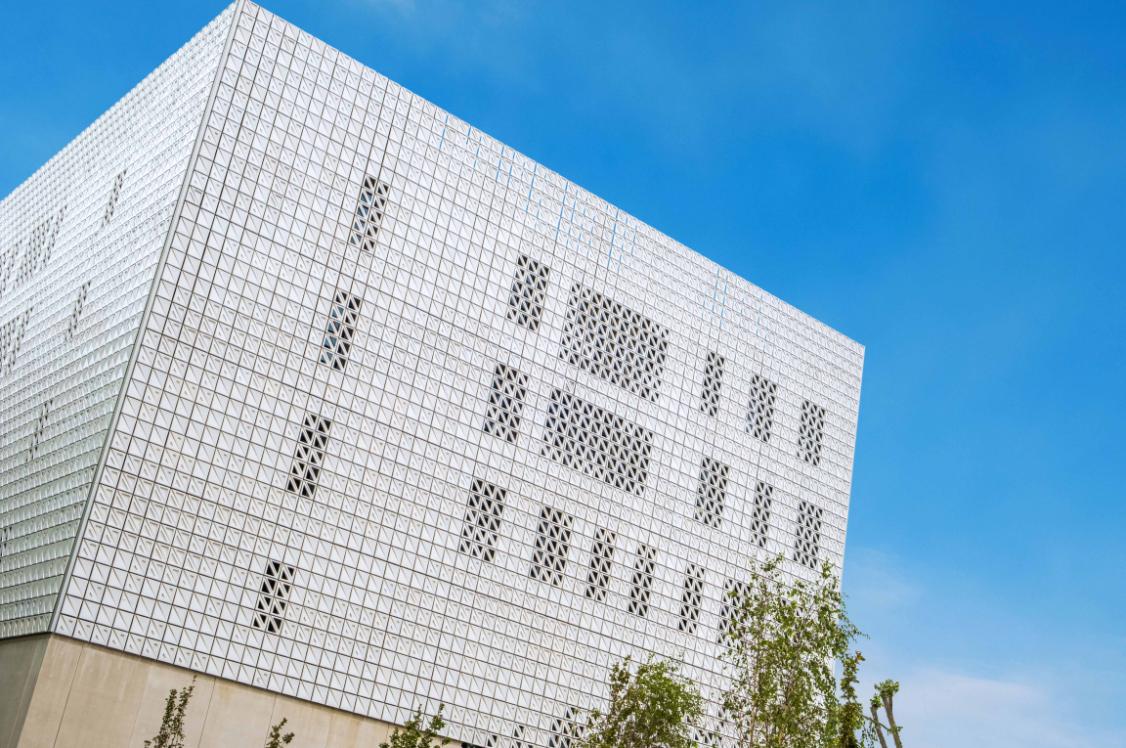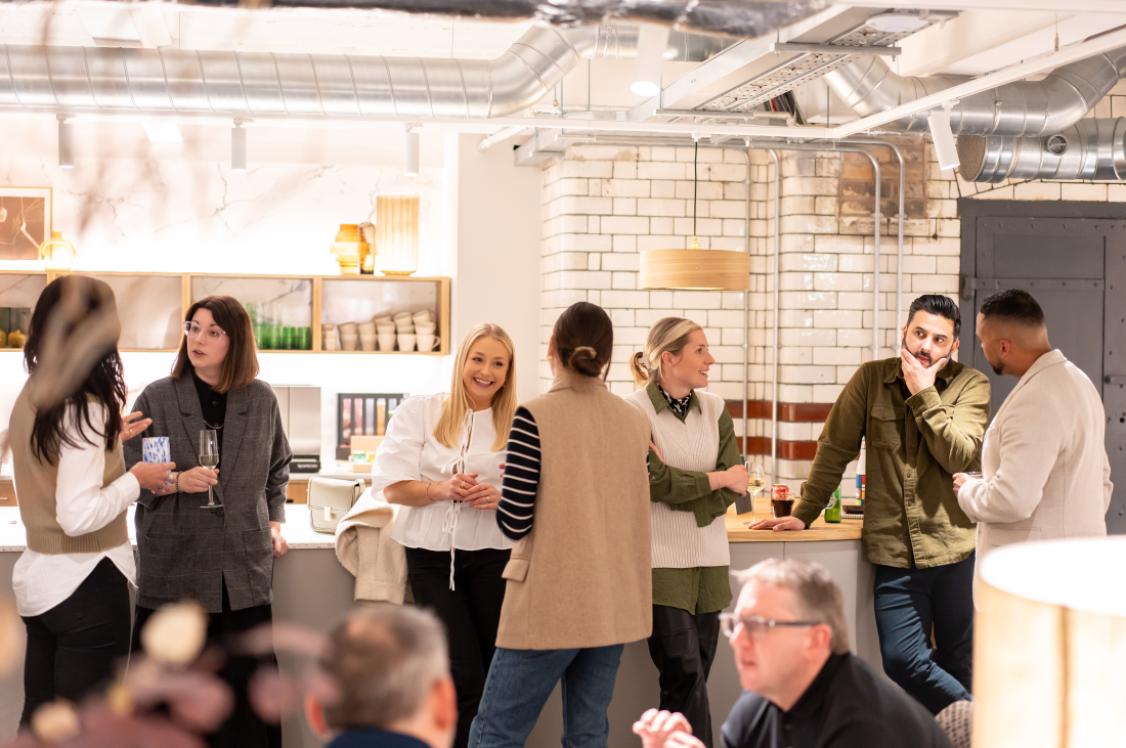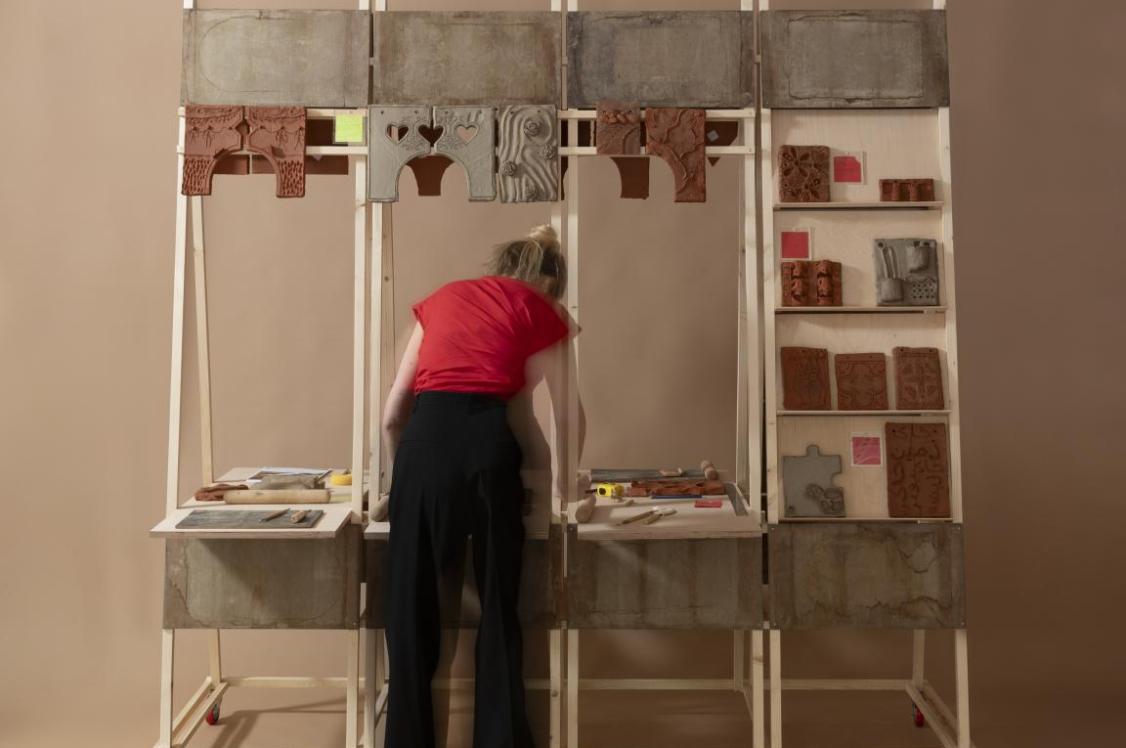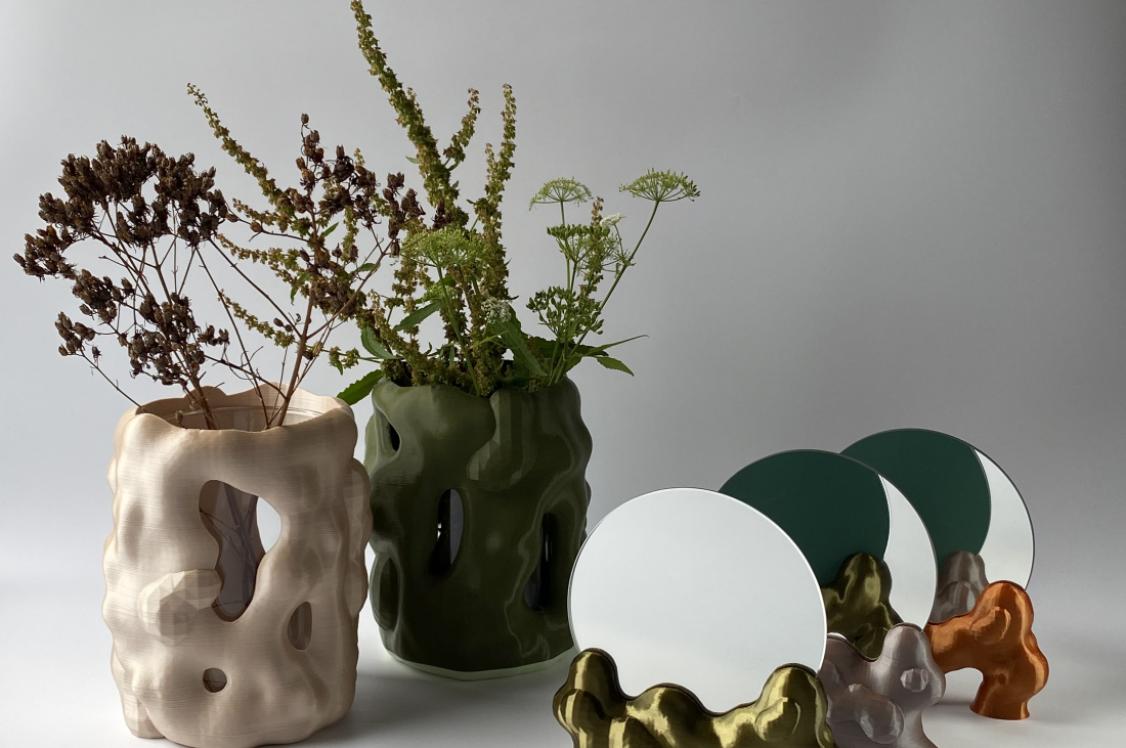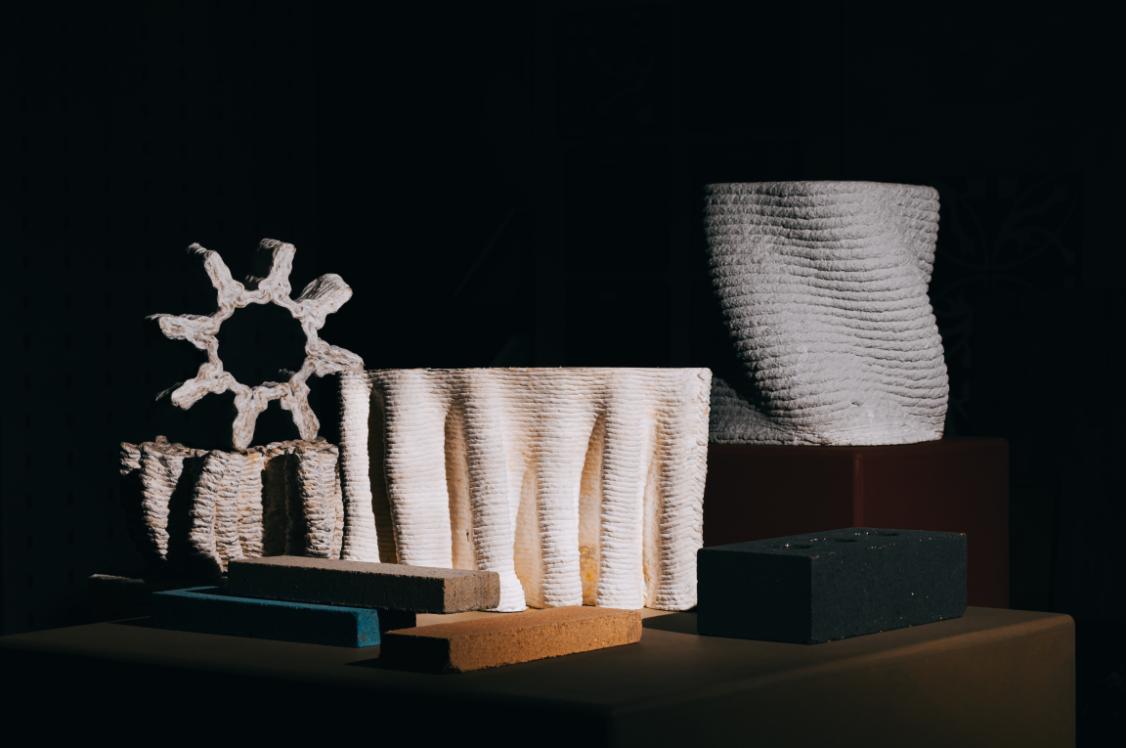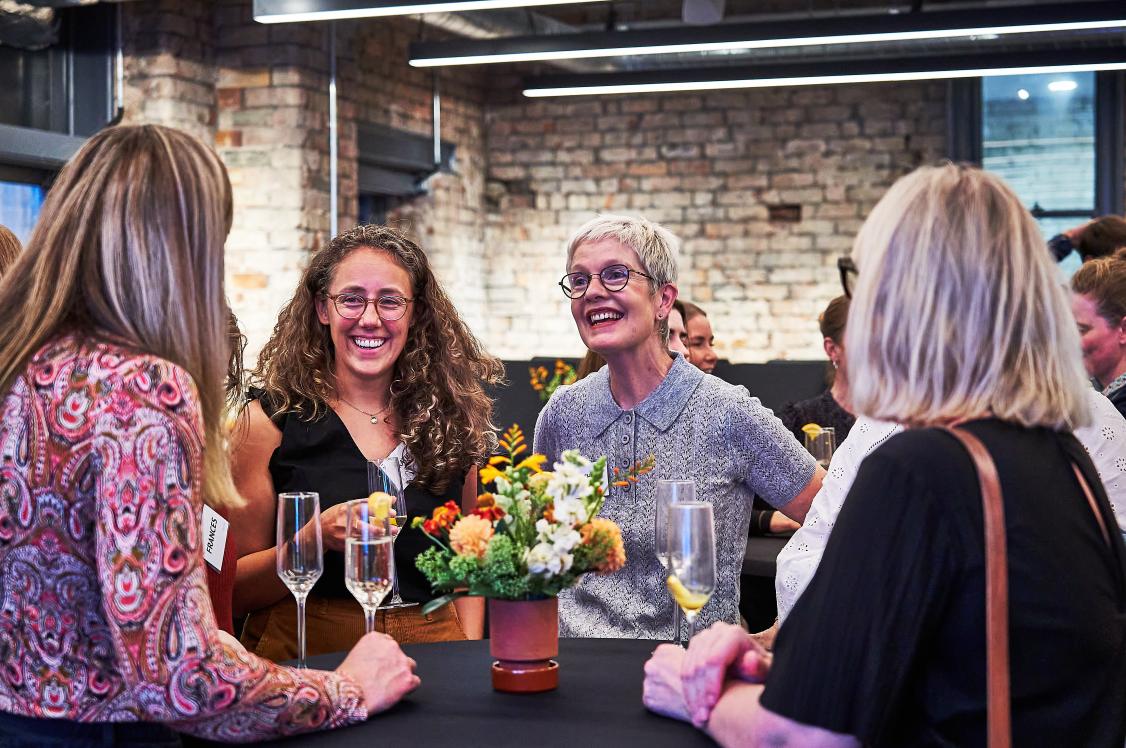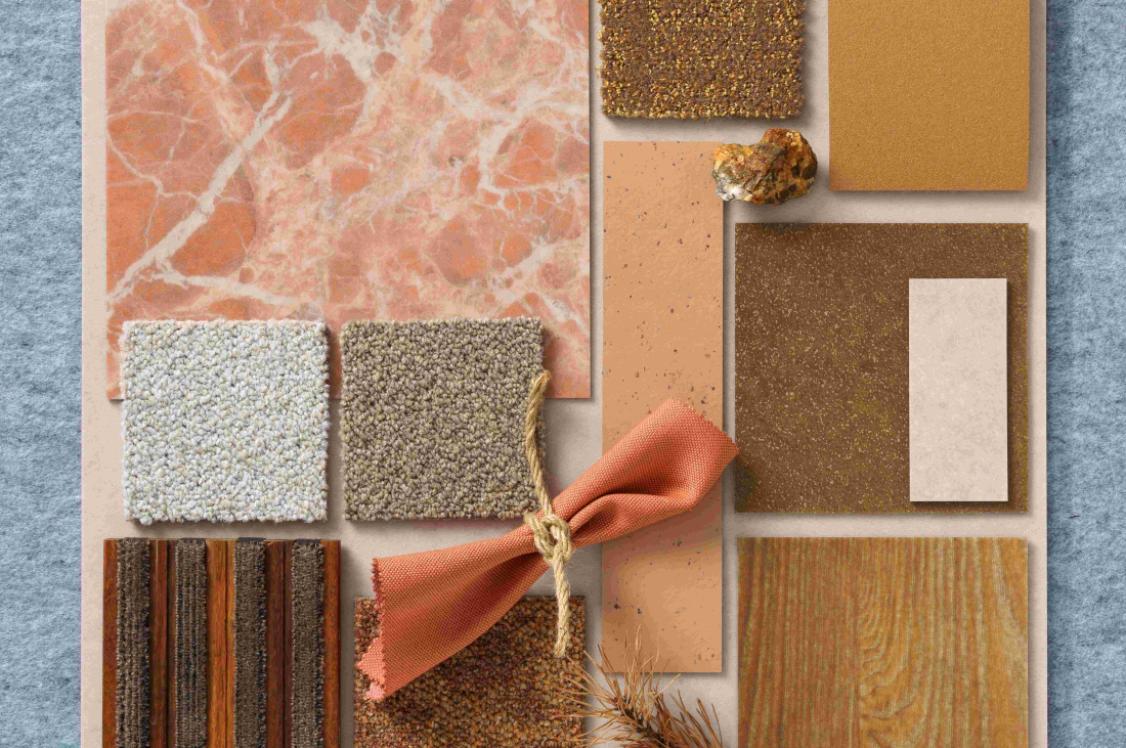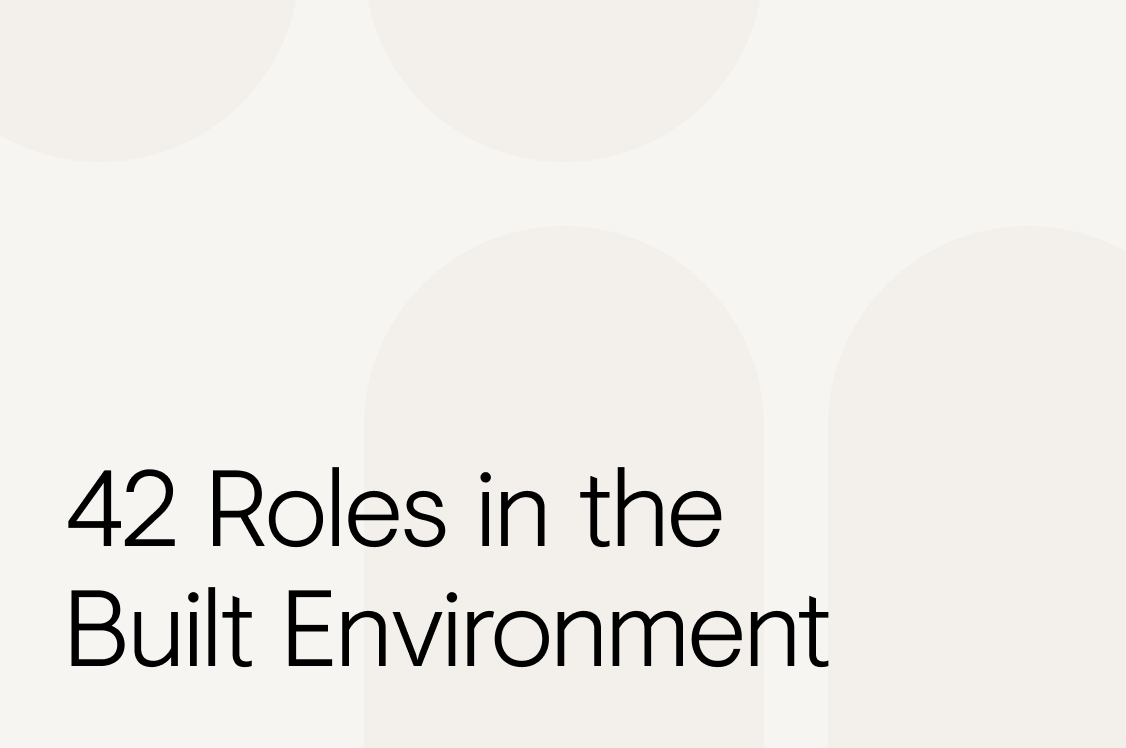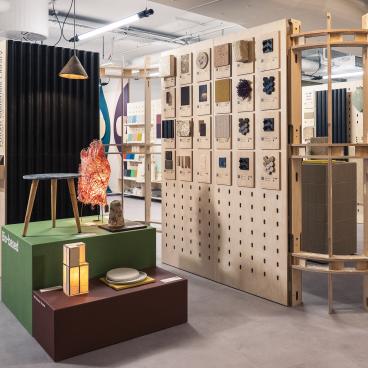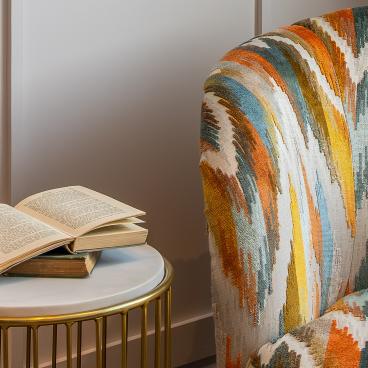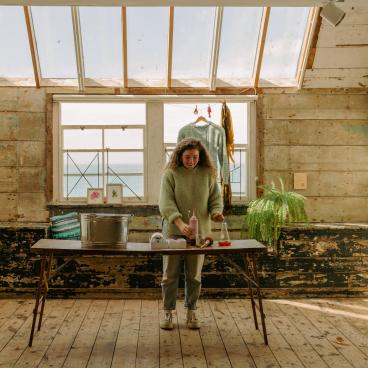Russwood on five things you may not know about timber cladding.
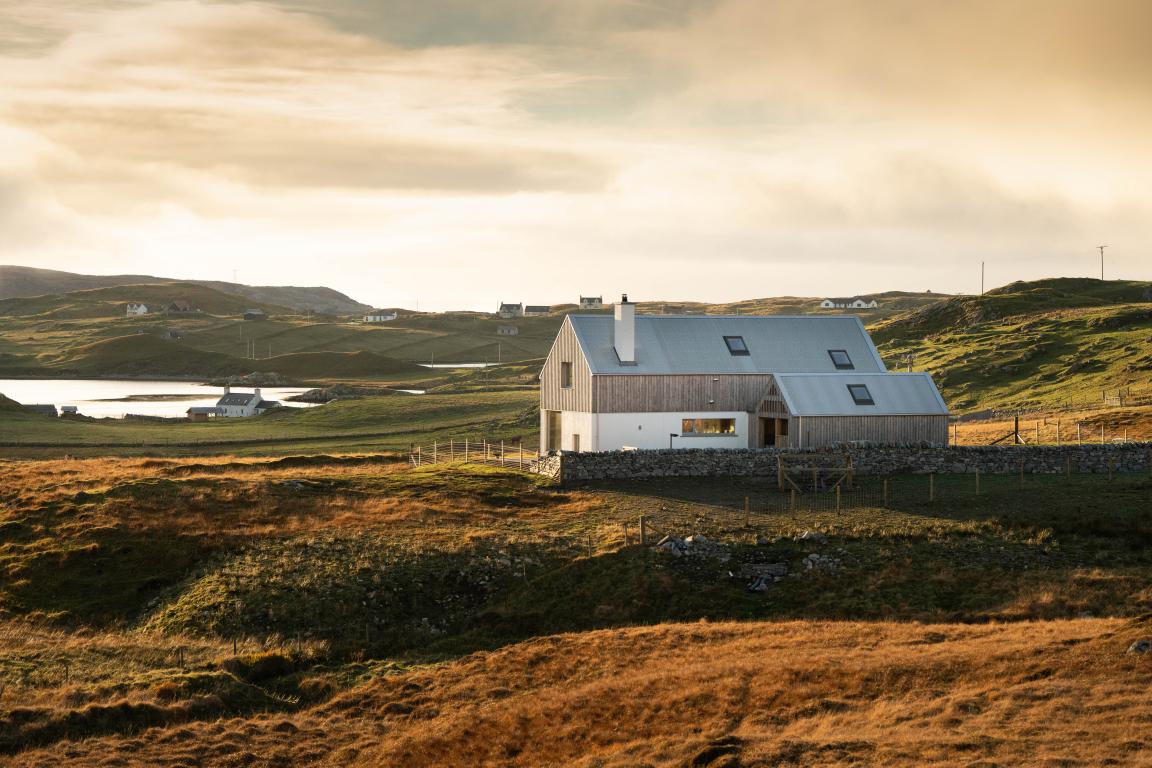
Credit: Hebrides House
Russwood believes that timber cladding is more than just a beautiful design choice — "it’s a material that delivers sustainability, wellbeing benefits, and even fire safety".
In the brand's experience, increasingly, architects and designers are choosing timber not only for its aesthetics but also for its performance, environmental credentials, and positive impact on building occupants.
To support your specification journey, the team has put together five things you might not know about timber cladding.
1. Timber cladding has predictable fire performance, which can be enhanced with flame retardants if required
The fire performance of timber is well understood, and most timber cladding arrangements will achieve Euroclass D without any special treatment.
Where higher performance is required, timber cladding can be treated with flame retardants to achieve up to a Euroclass B-s1, d0 fire rating, meeting strict standards for residential, commercial, and public buildings.
At Russwood, we recommend the Burnblock® fire retardant system, which can be combined with treatments like SiOO:X Wood Protection and Remmers paints to provide both enhanced safety and a weathered or coloured finish. Unlike many other fire retardants on the market, Burnblock® is non-toxic, made from 100% natural ingredients, and holds a GOLD-level Cradle-to-Cradle Certificationᵀᴹ. Architects don’t need to compromise on design to meet fire standards — timber can deliver both.
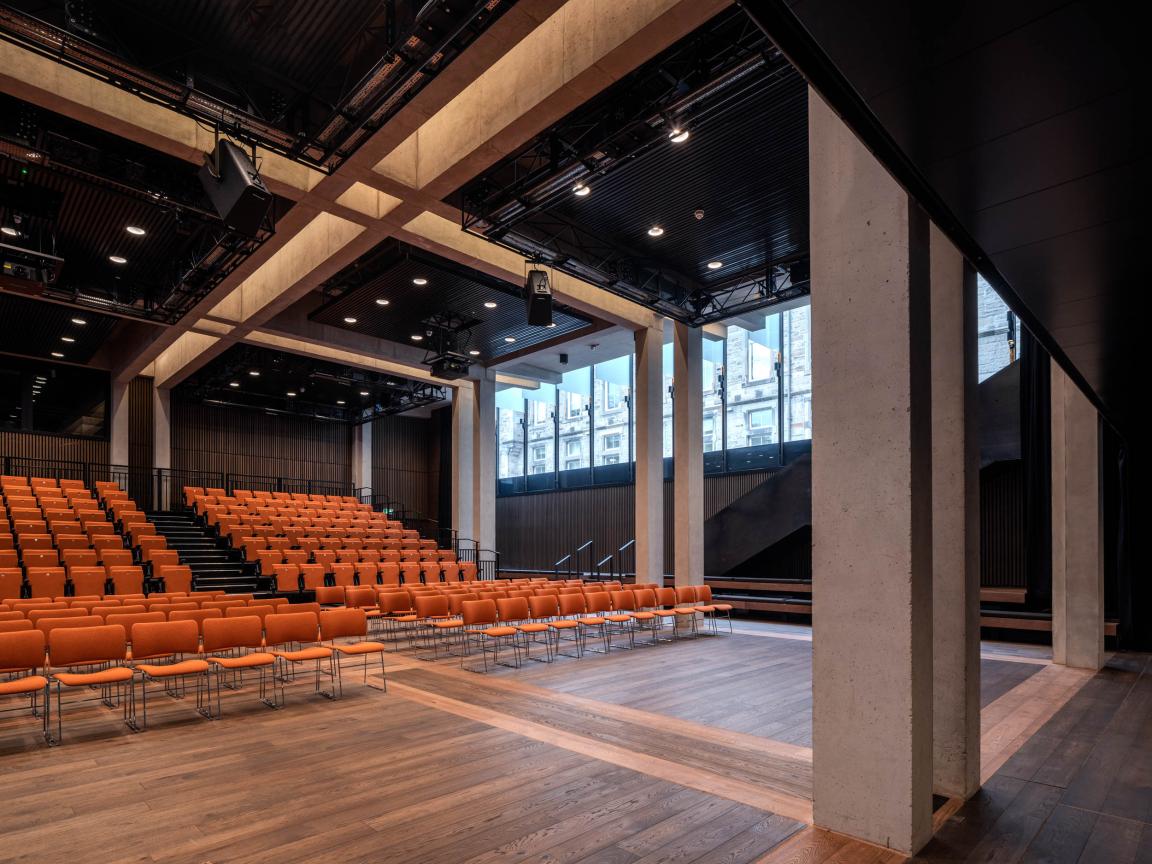
Credit: Peter Cook Photography
2. Timber is one of the most sustainable building materials
Timber has one of the lowest carbon footprints of any construction material. As trees grow, they absorb and store carbon, which stays locked away for the lifetime of the building.
When responsibly sourced, timber supports a circular economy: it can be reused, recycled, used for biomass, or returned to the biosphere at the end of its life.
The Construction Material Pyramid places timber at the very base, highlighting it as a low-impact, environmentally preferable choice compared with resource-heavy materials like steel and concrete.
3. Timber is a highly versatile construction material
Timber can be used in a wide variety of applications within any construction project. Timber finishes, eg cladding, panelling, flooring etc offer attractive solutions for any environment, with a huge amount of species and customisation options to fit the desired aesthetic.
Timber has the strength to perform structurally too. Above and beyond traditional timber framing methods, innovations in engineered wood such as cross-laminated timber (CLT) and glulam, have opened the door to multi-storey timber buildings and large-span structures.
CLT offers strength comparable to steel while being significantly lighter. Glulam, created by bonding layers of wood together, is exceptionally strong and can be used for beams, columns, and arches. This gives architects freedom to design larger spaces without compromising on structural integrity.
Wood fibre can also be used for insulation, and wood based sheet materials such as oriented strand board (OSB), plywoods and other fibre boards have numerous uses in sheathing, subfloors, cabinetry and much more.
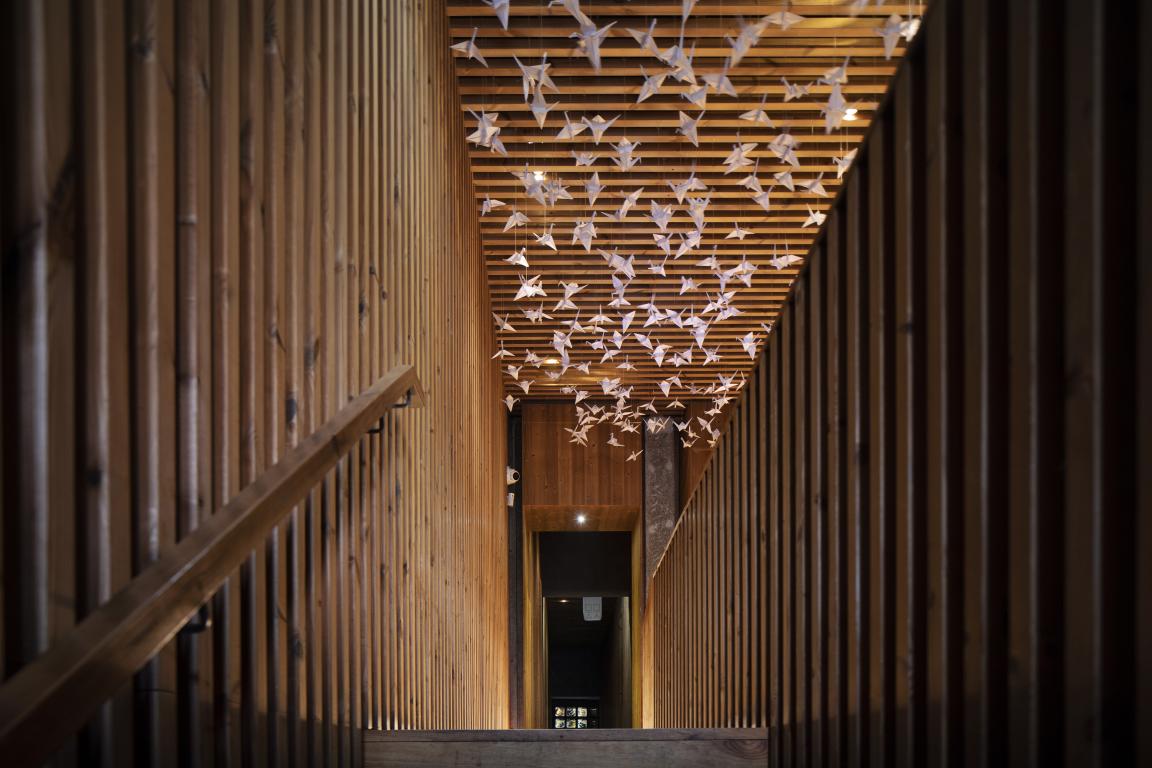
Credit: Lunawood
4. Timber supports health and wellbeing
In addition to sustainability, timber has important biophilic benefits. Matt Stevenson from Ecosystems Technologies highlights that timber’s low toxicity and natural properties help regulate indoor moisture and create pleasant, comfortable environments.
Studies show that timber-rich interiors can reduce stress, improve behaviour, and enhance productivity, particularly in schools and workplaces. Warm, tactile, and biophilic by nature, timber makes spaces feel more human and connected to the outdoors.
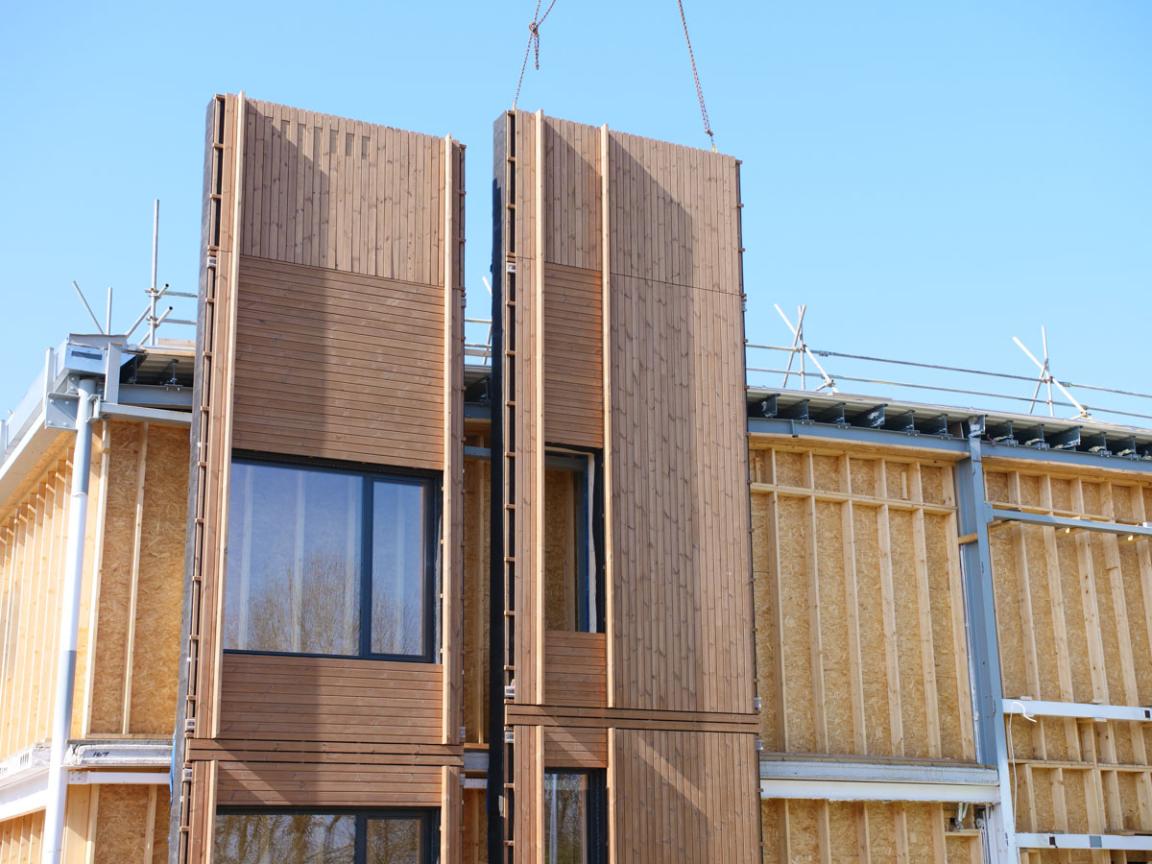
Credit: BE-ST
5. Timber cladding can be designed for full reuse
End-of-life planning is increasingly important in sustainable construction. Timber cladding can be designed for disassembly and reuse, supporting a circular approach to building materials.
Well-considered detailing and fixings, such as the SIHGA® systems, make it easier to remove, relocate, or recycle timber panels without compromising quality.
By designing for reuse, architects and builders can extend the lifespan of materials, reduce waste, and contribute to a low-carbon construction industry.
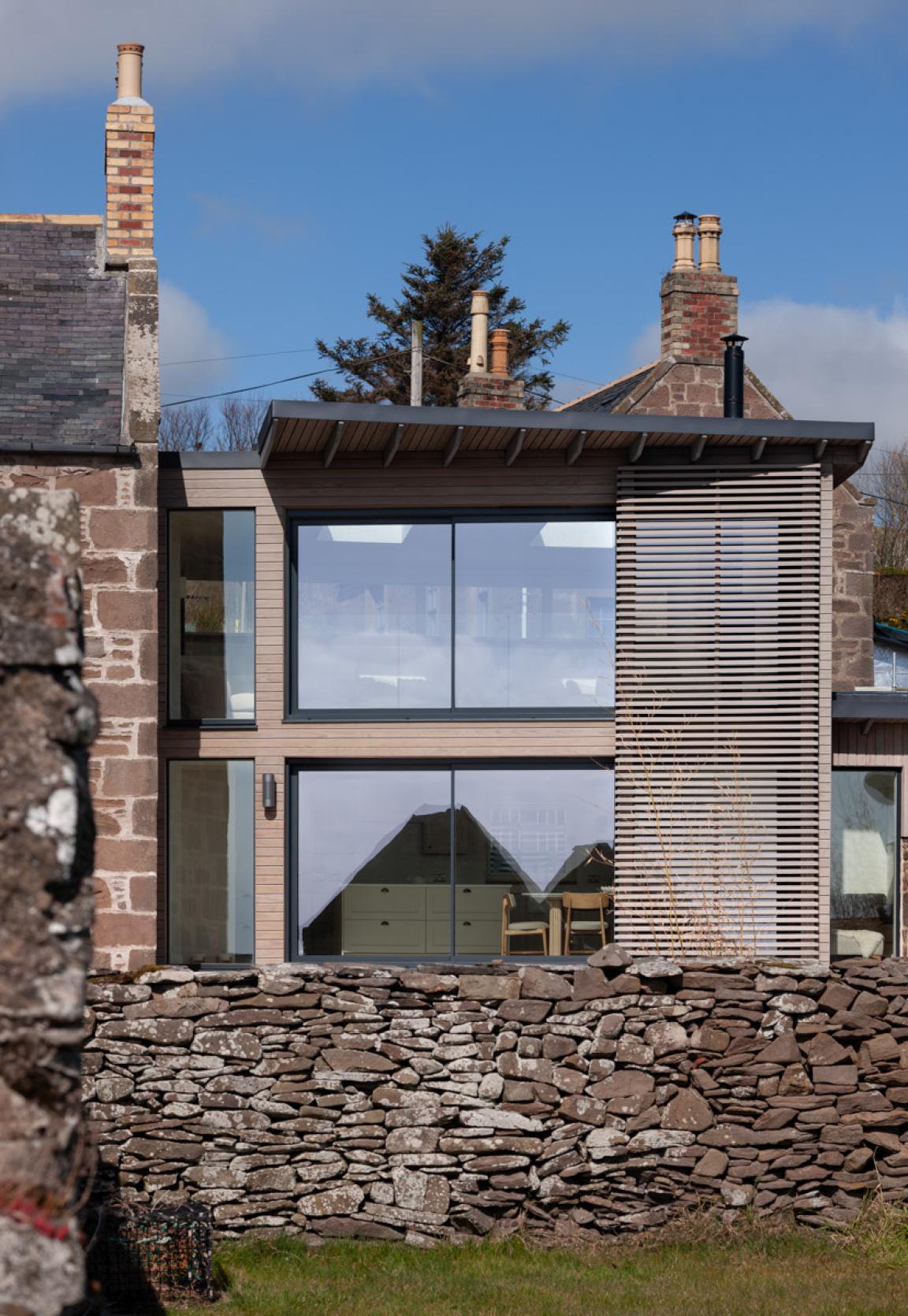
Credit: David Barbour
Timber: more than a façade
Timber cladding isn’t just a façade – it’s a sustainable, safe, and human-focused choice that supports circular design. With the right detailing, it performs as beautifully as it looks. Recognised in the Construction Material Pyramid as a low-impact choice, timber supports circular economy principles while also creating healthy, comfortable environments.
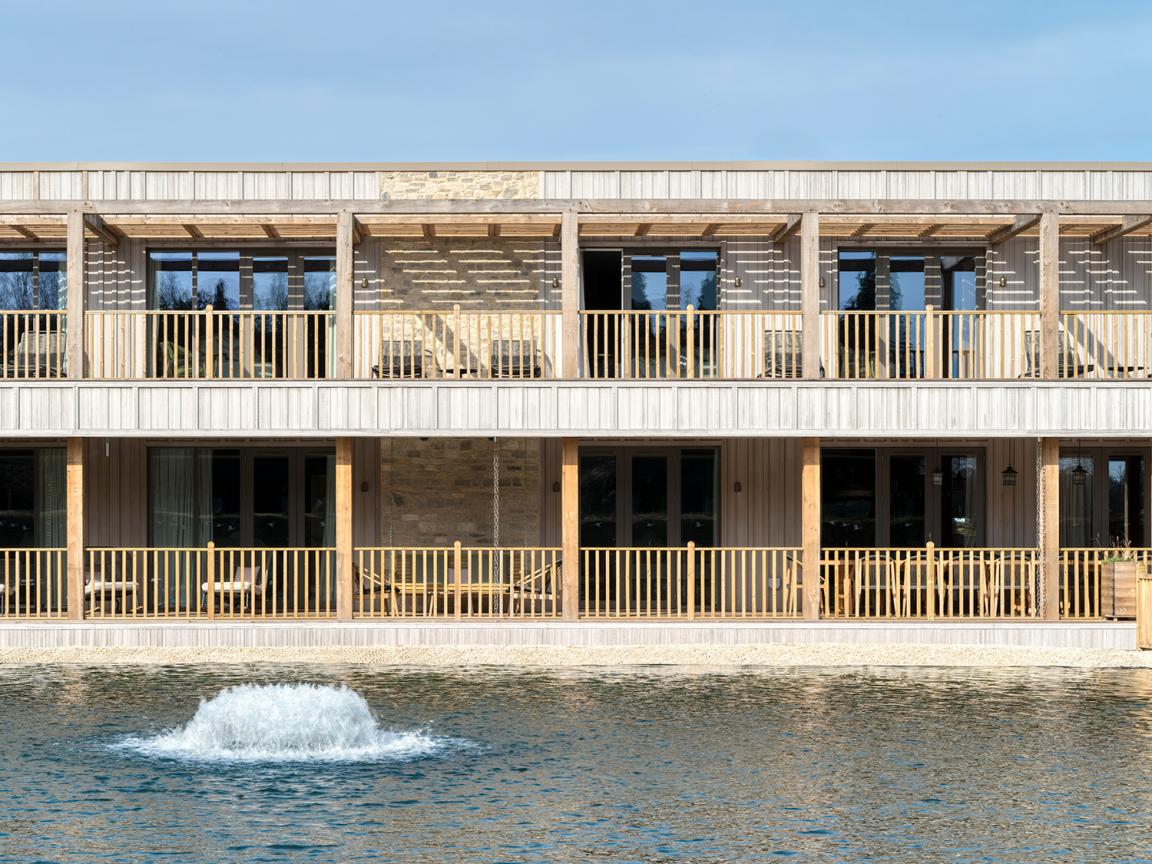
Credit: Richard Gooding Photography
If you're interested in specifying timber for your next architectural project, visit the Russwood POD at Material Source Studio Glasgow. Click here. Or sign up to attend this upcoming event.



